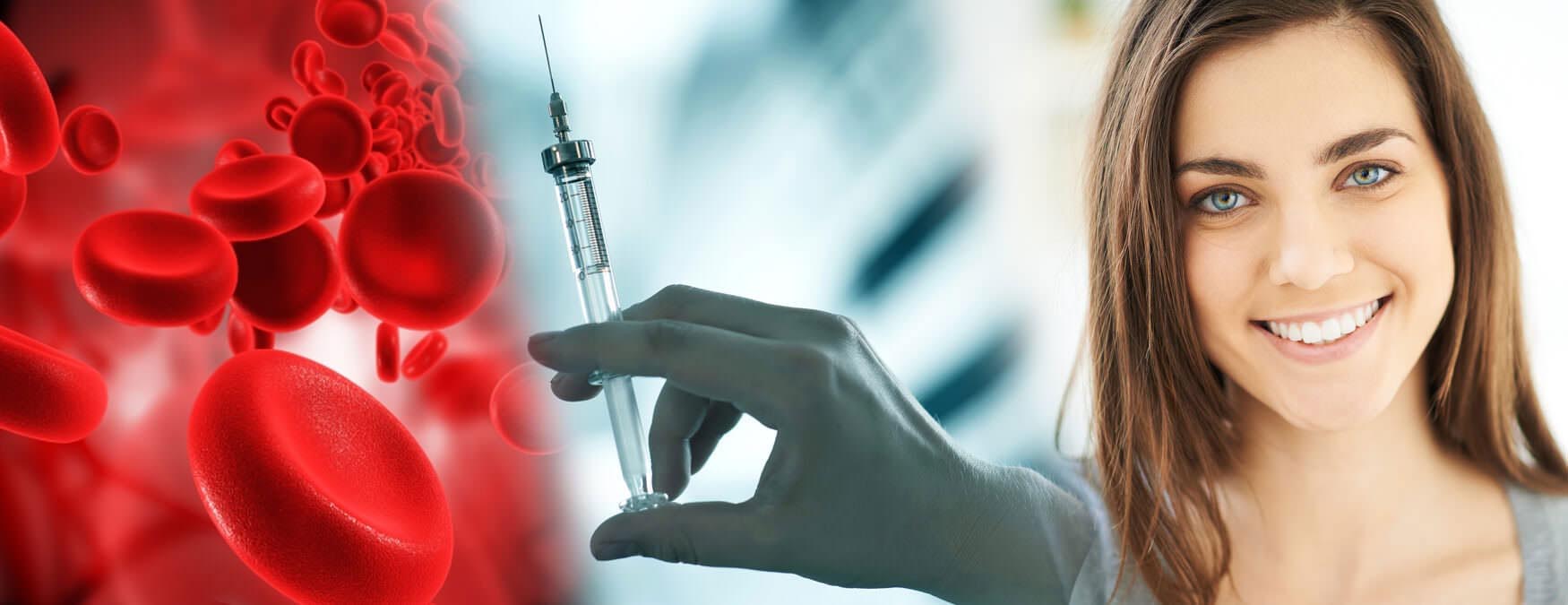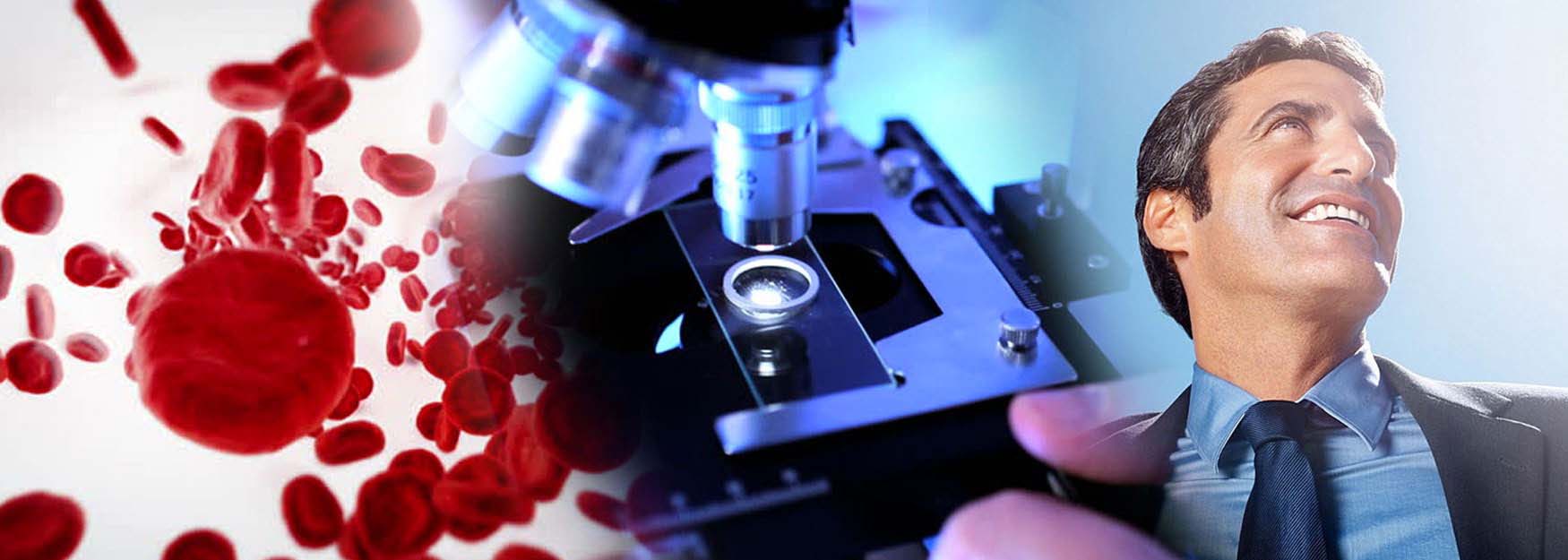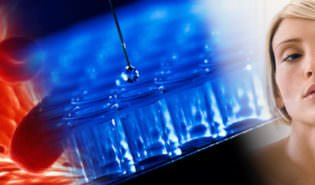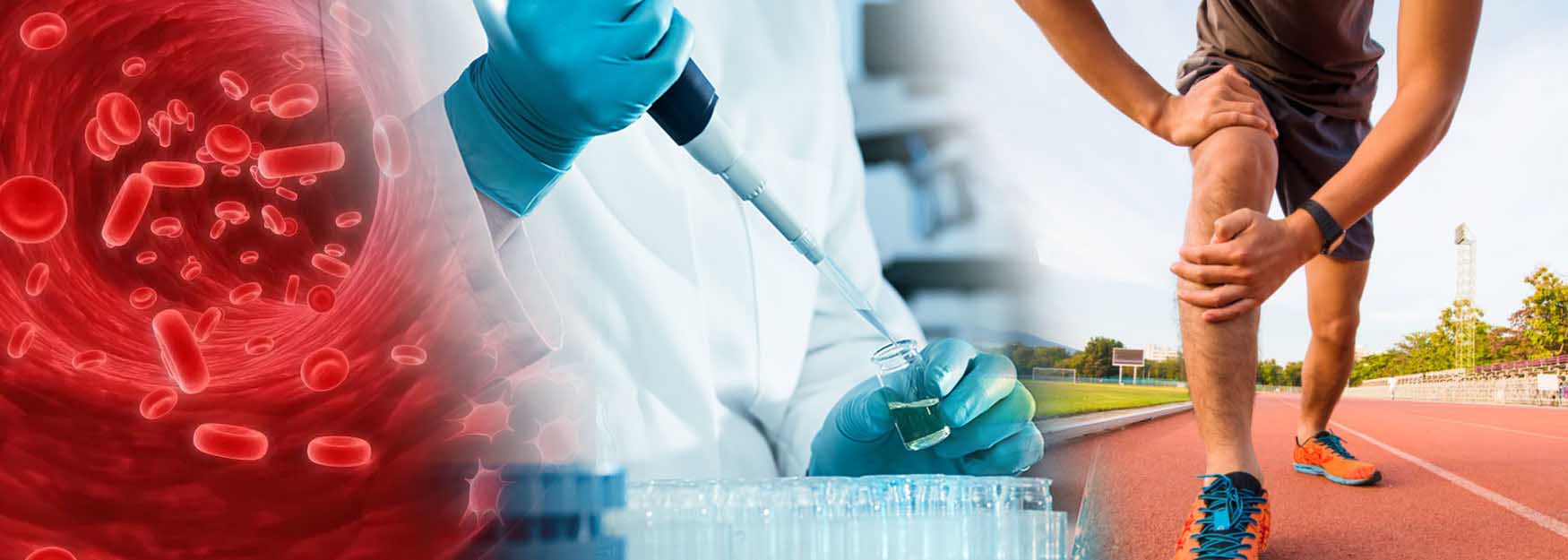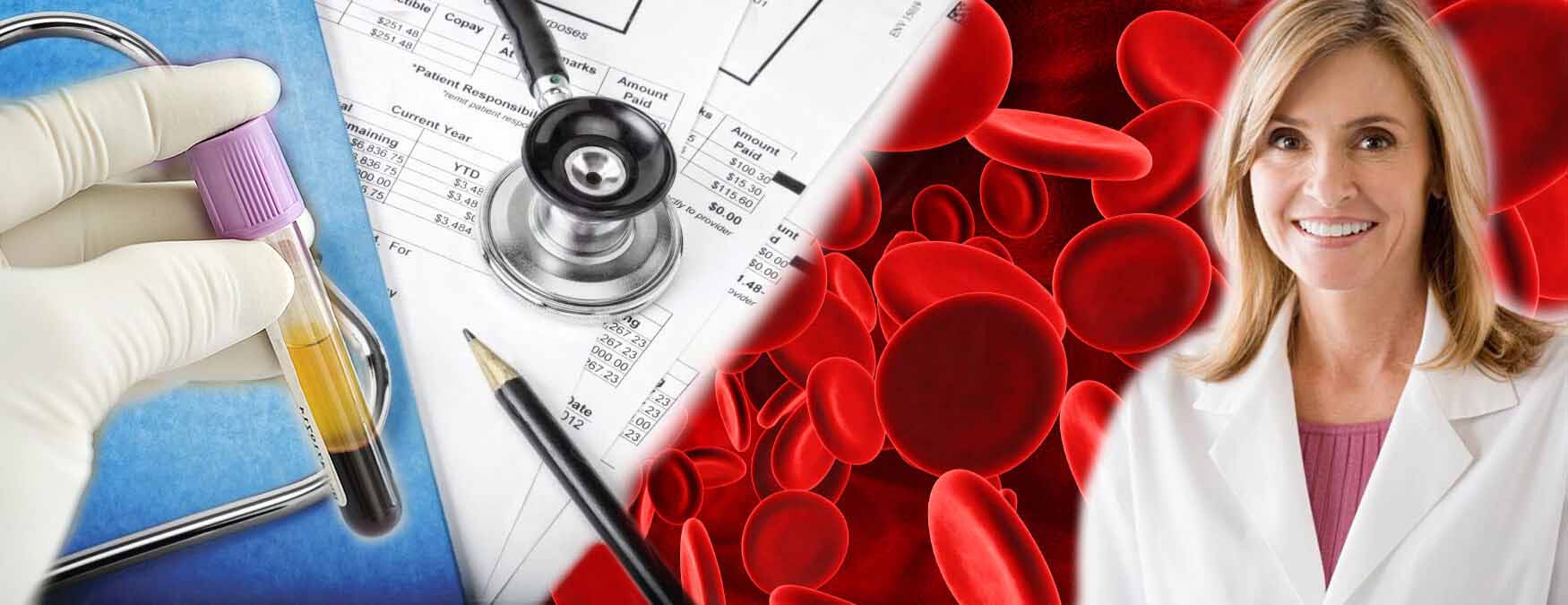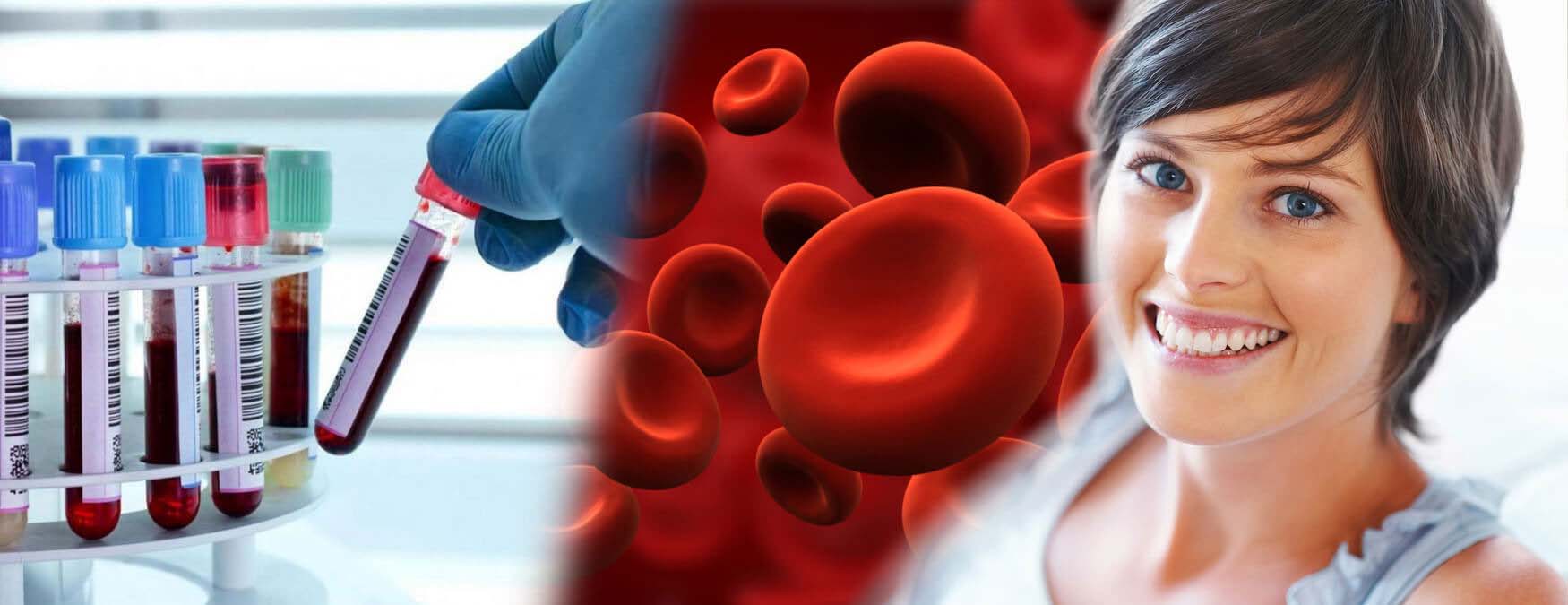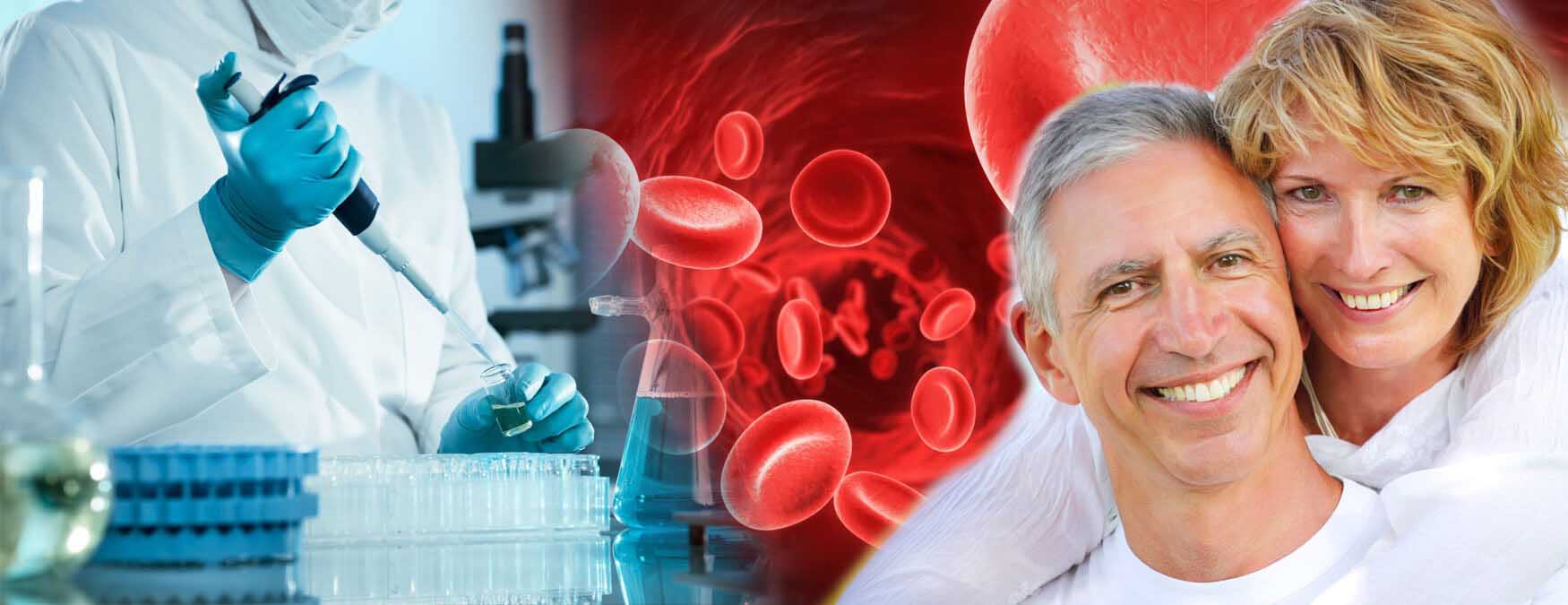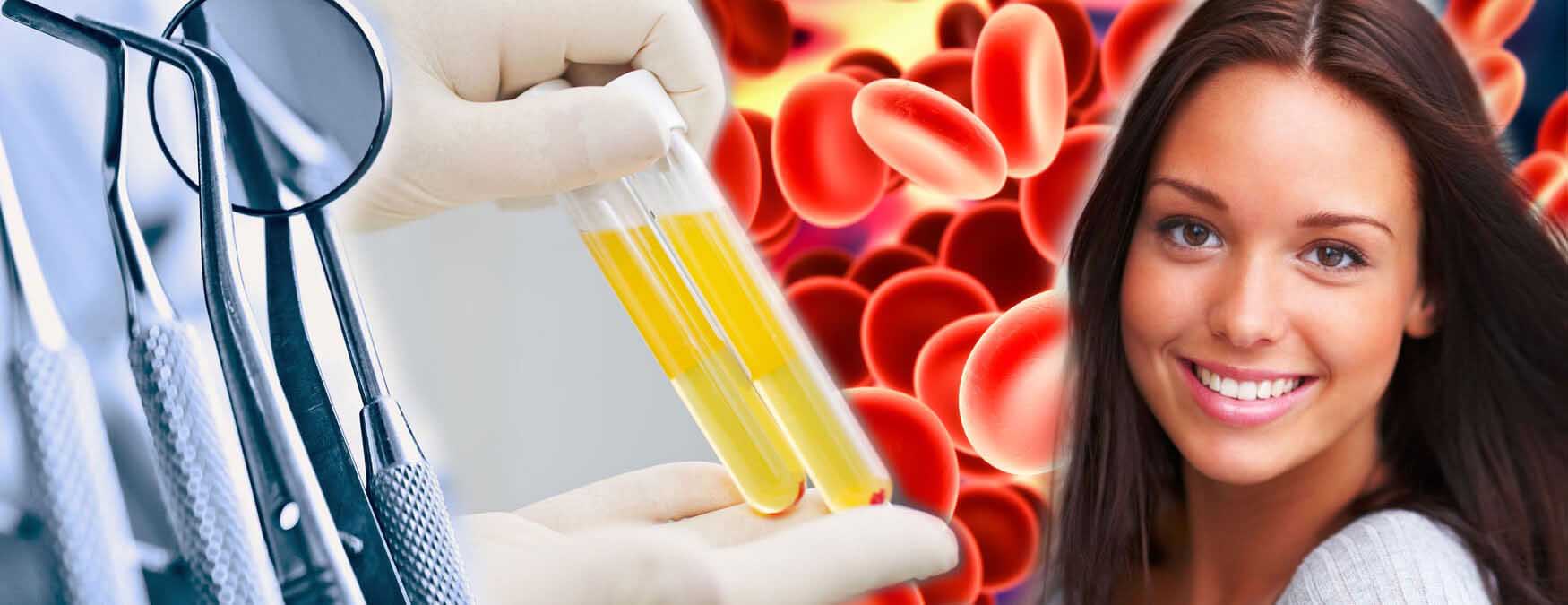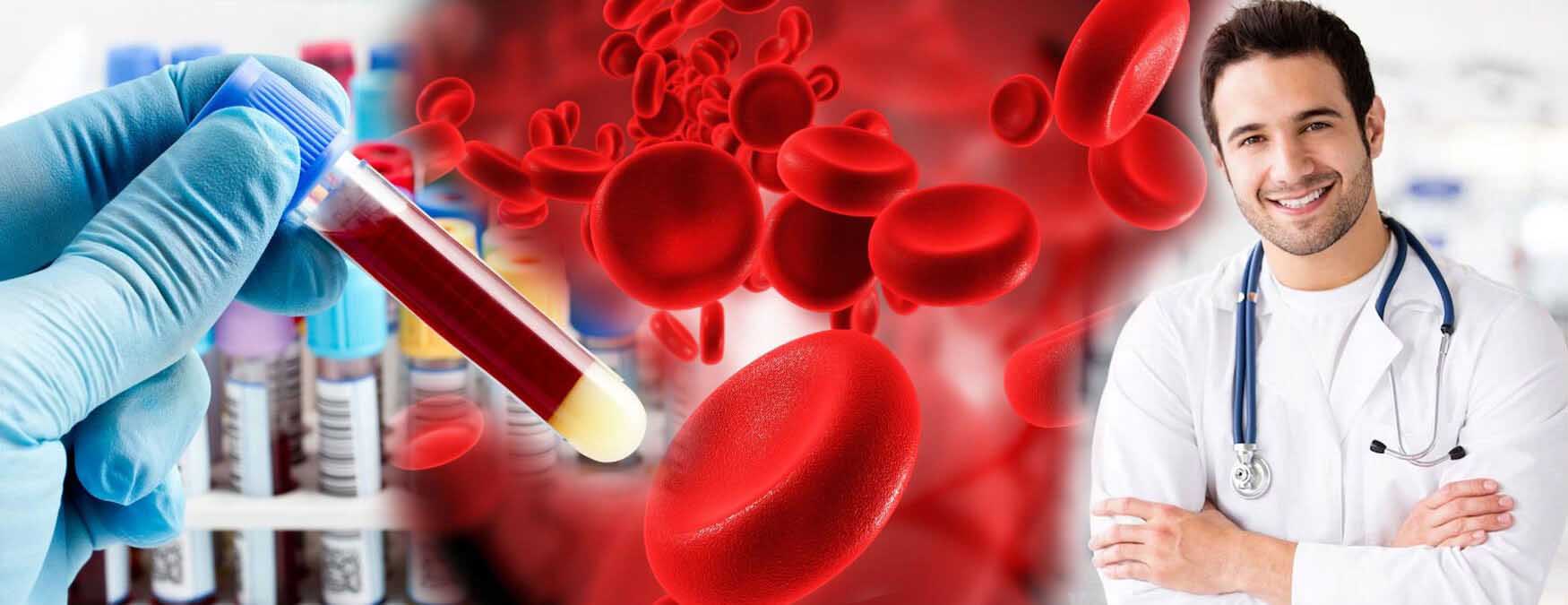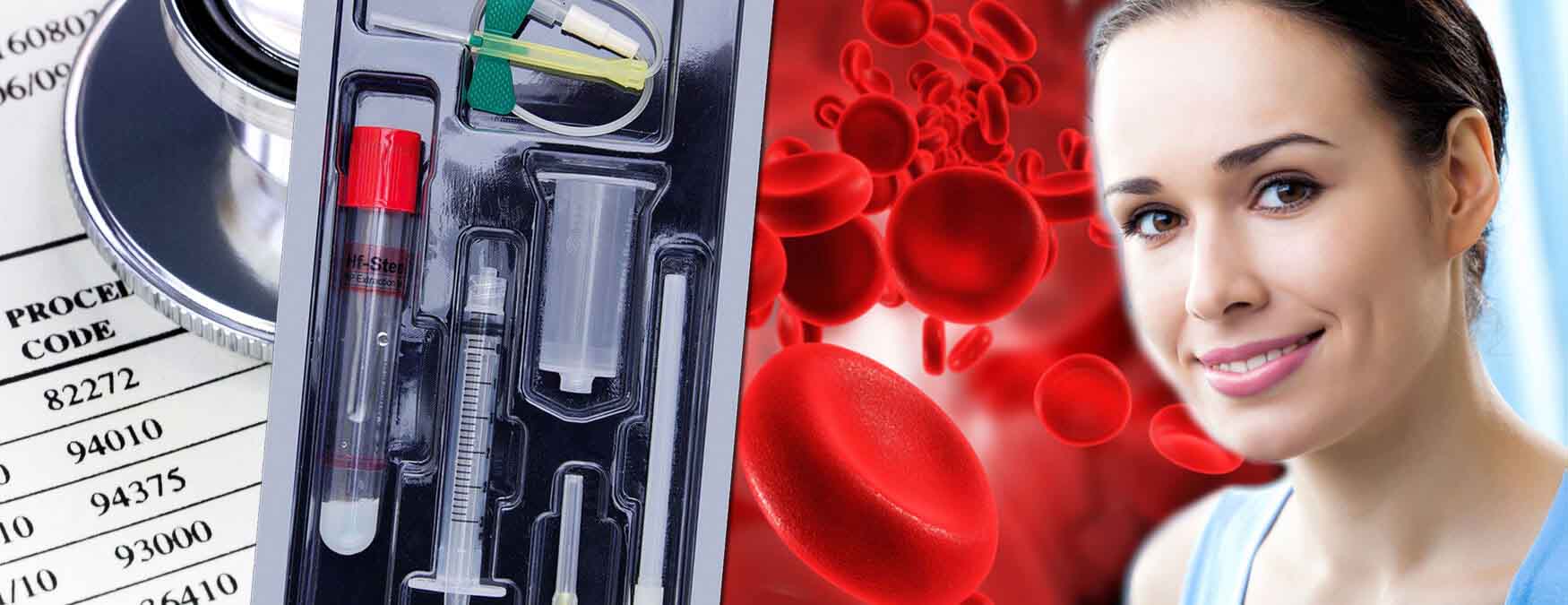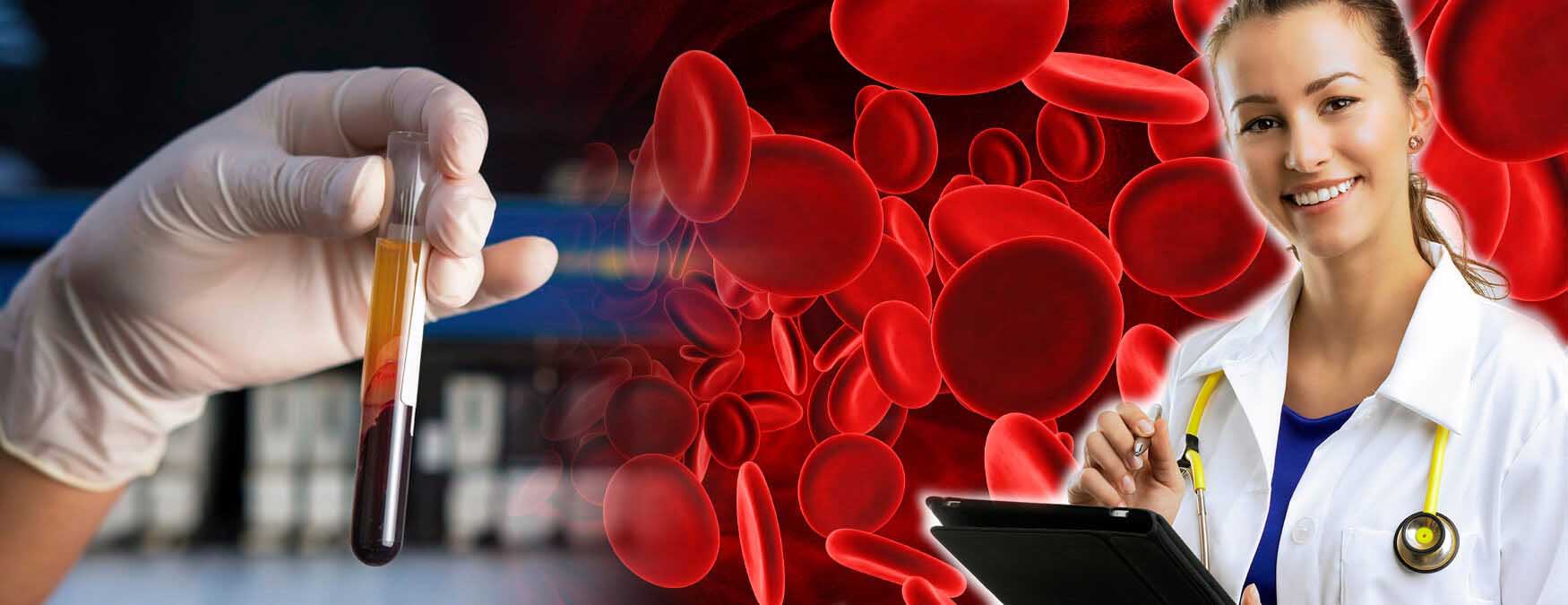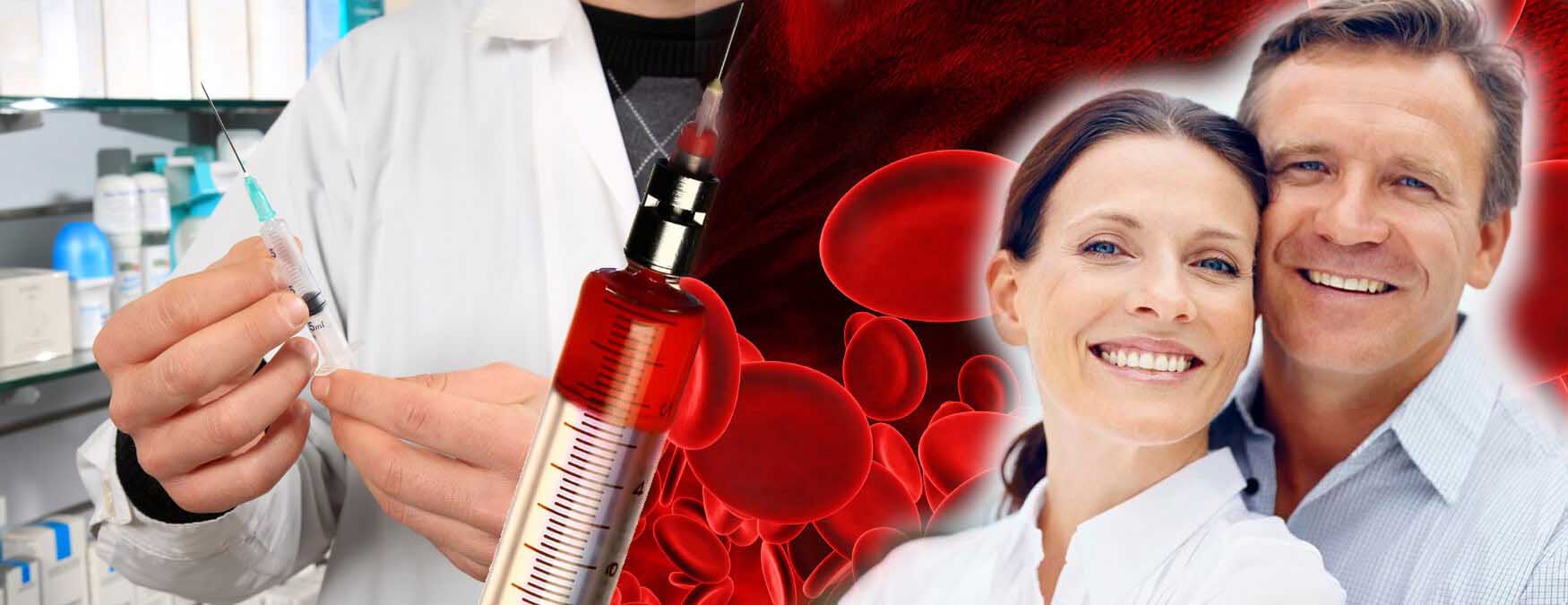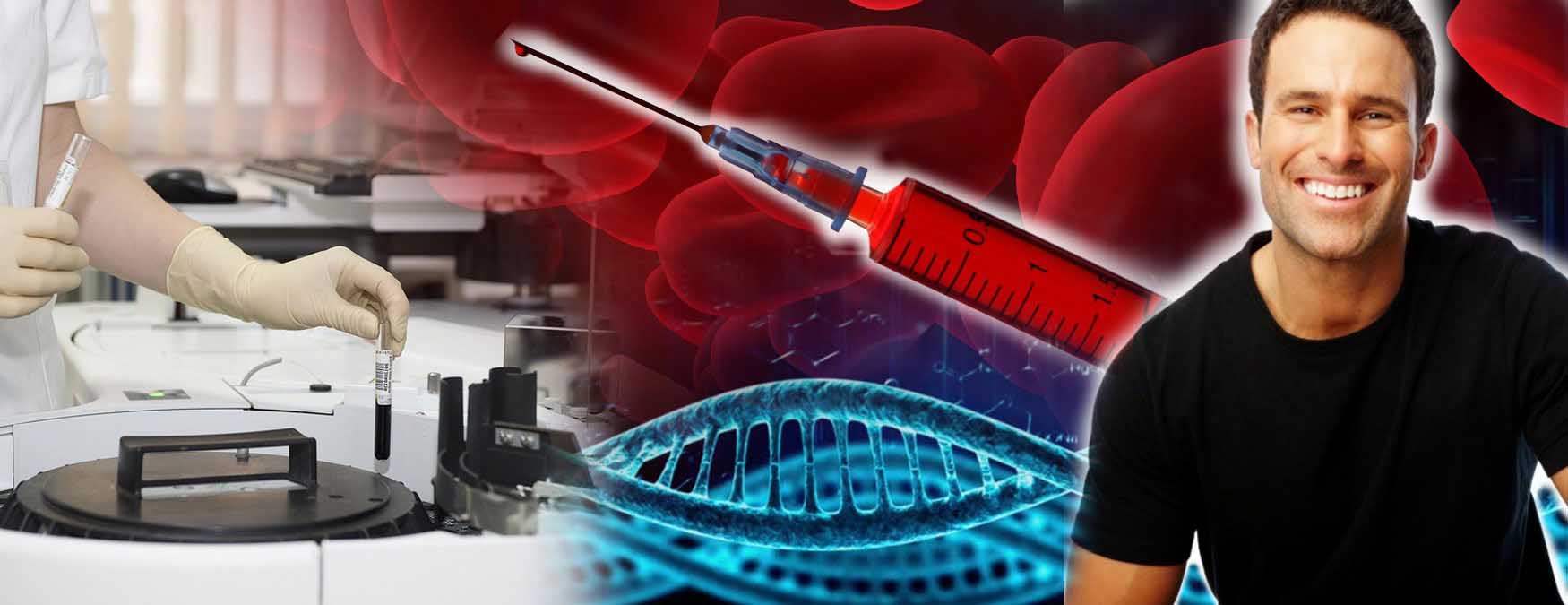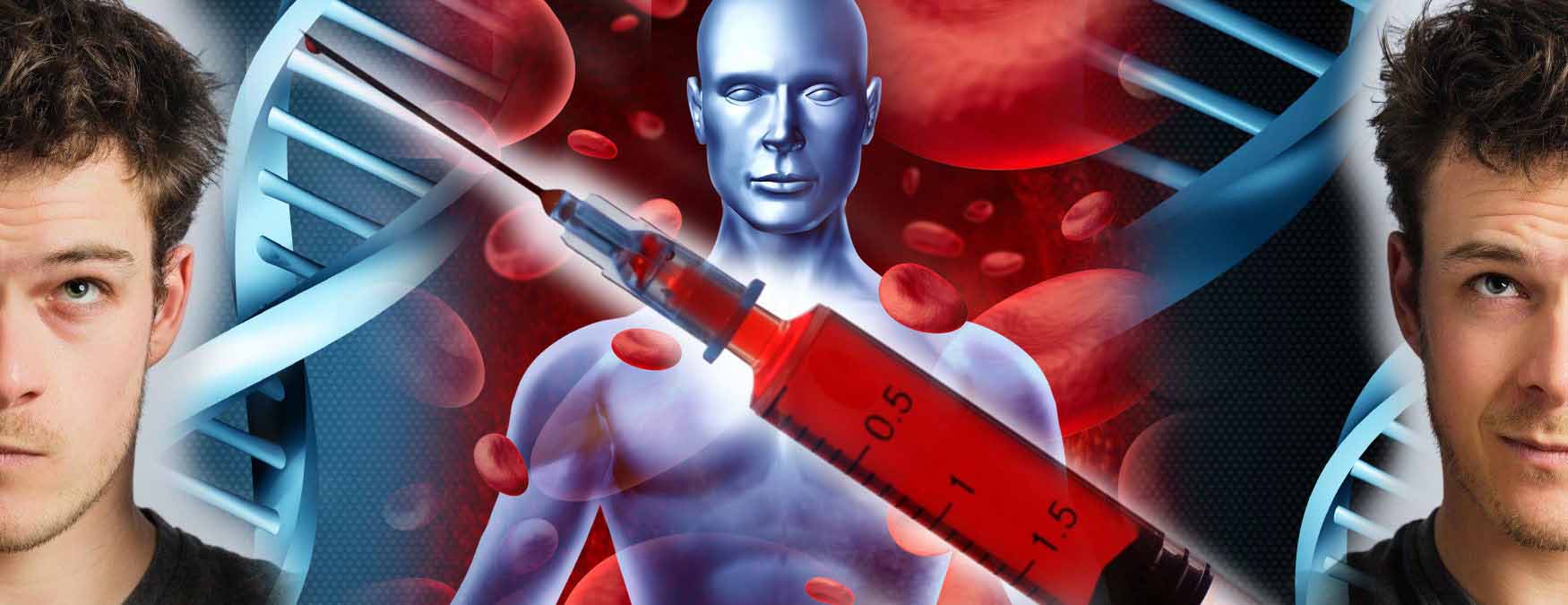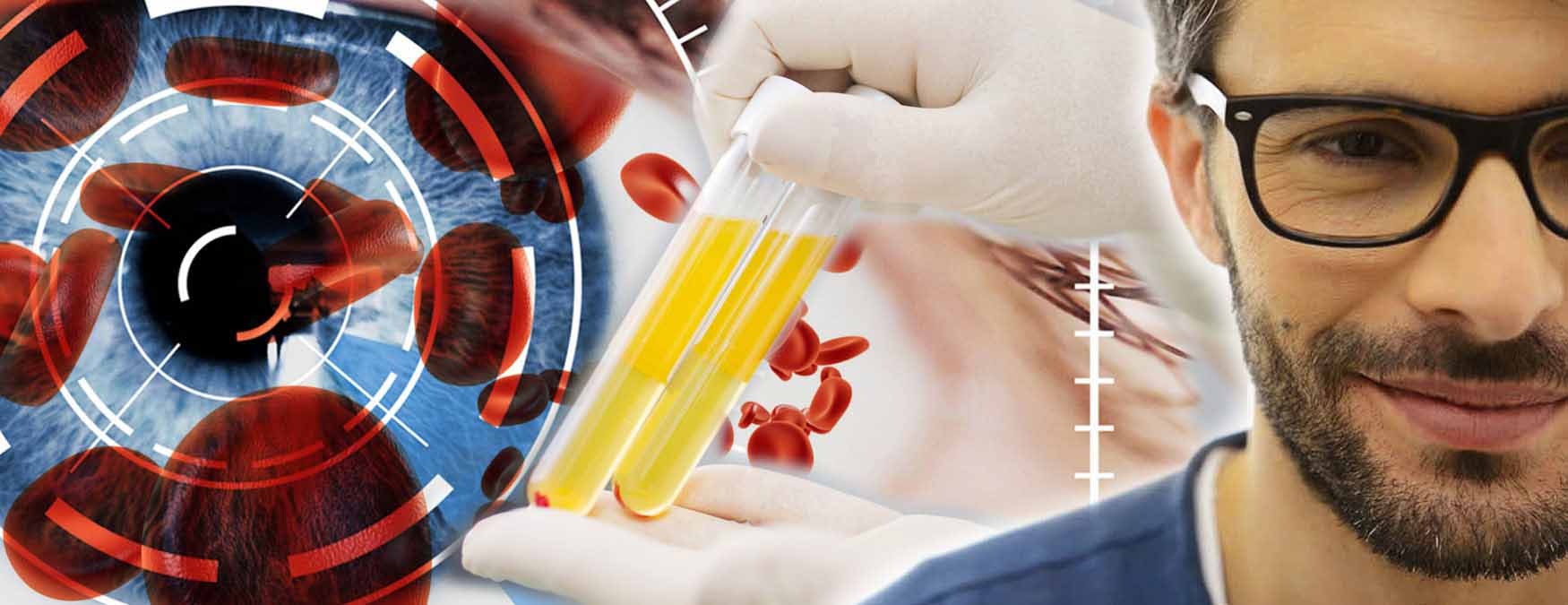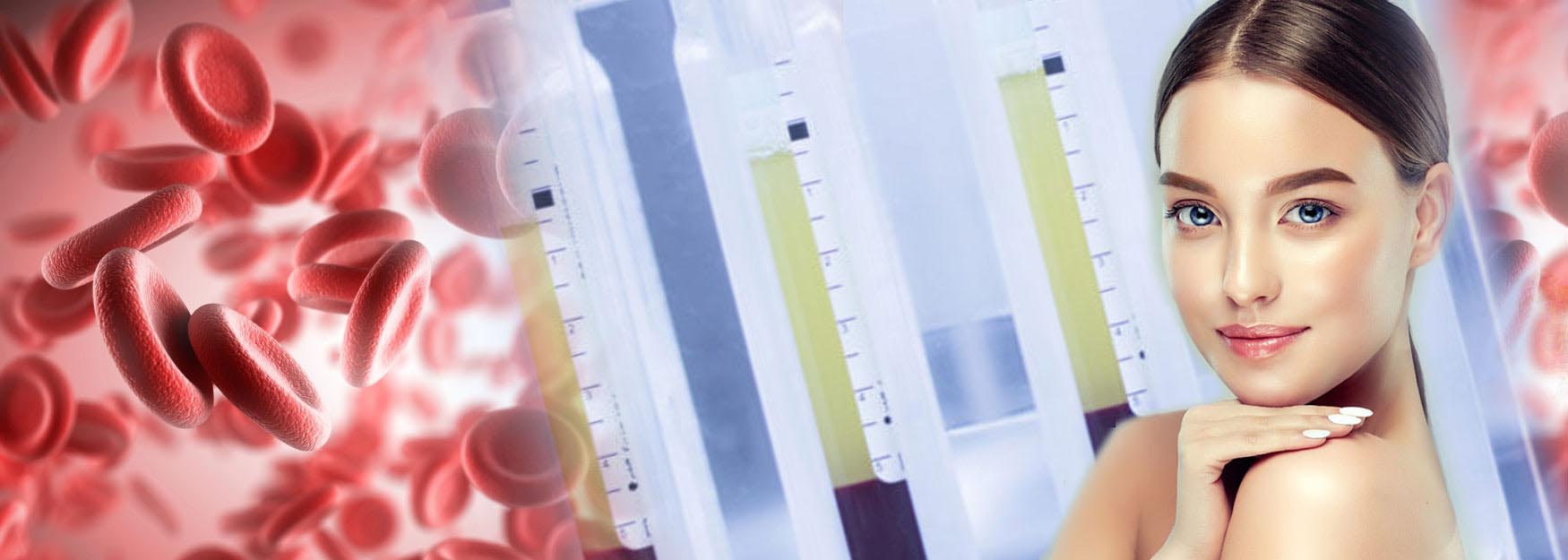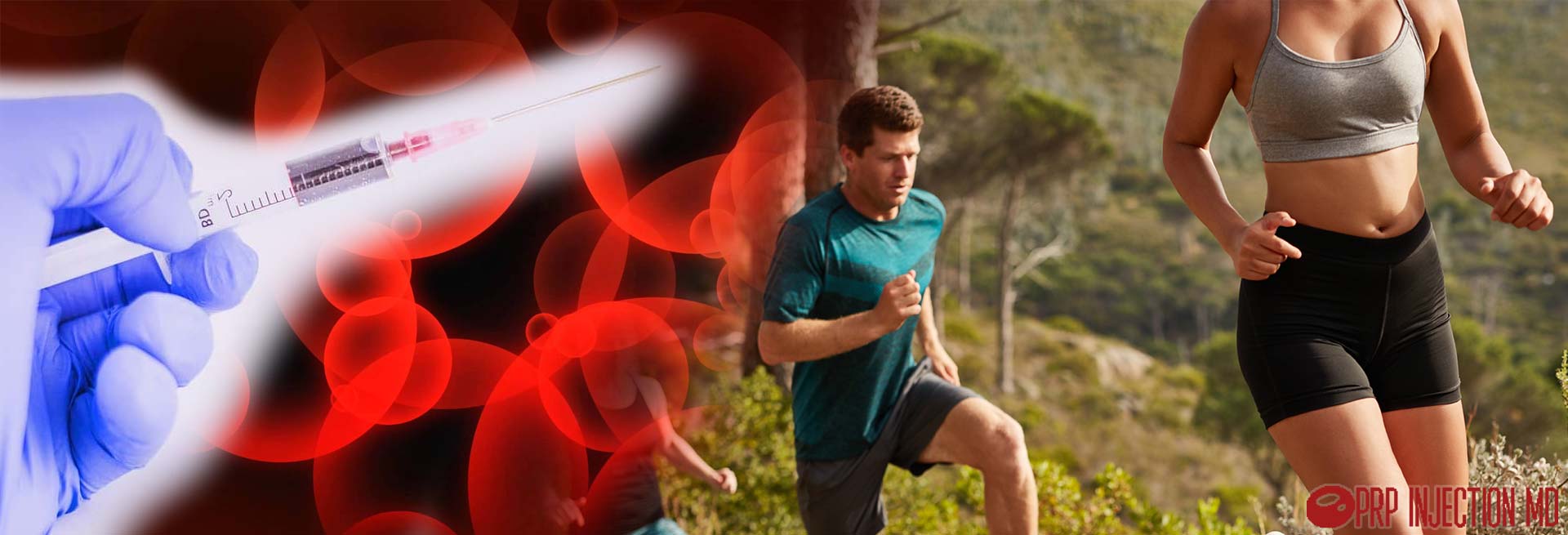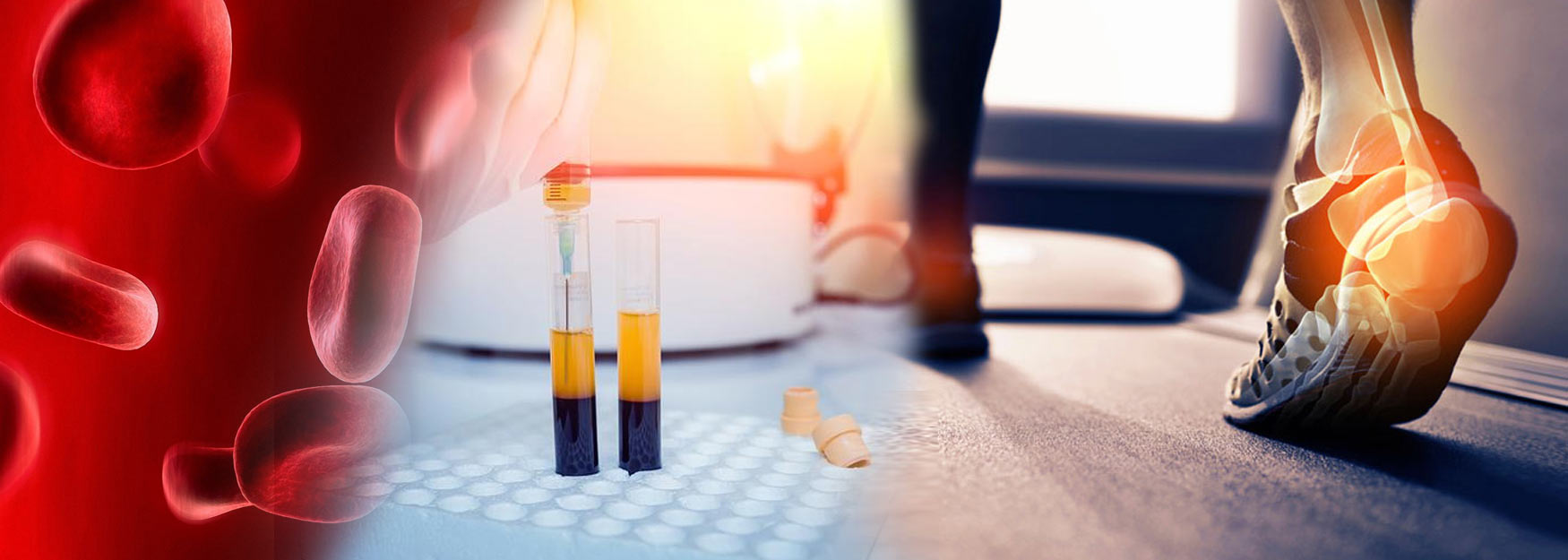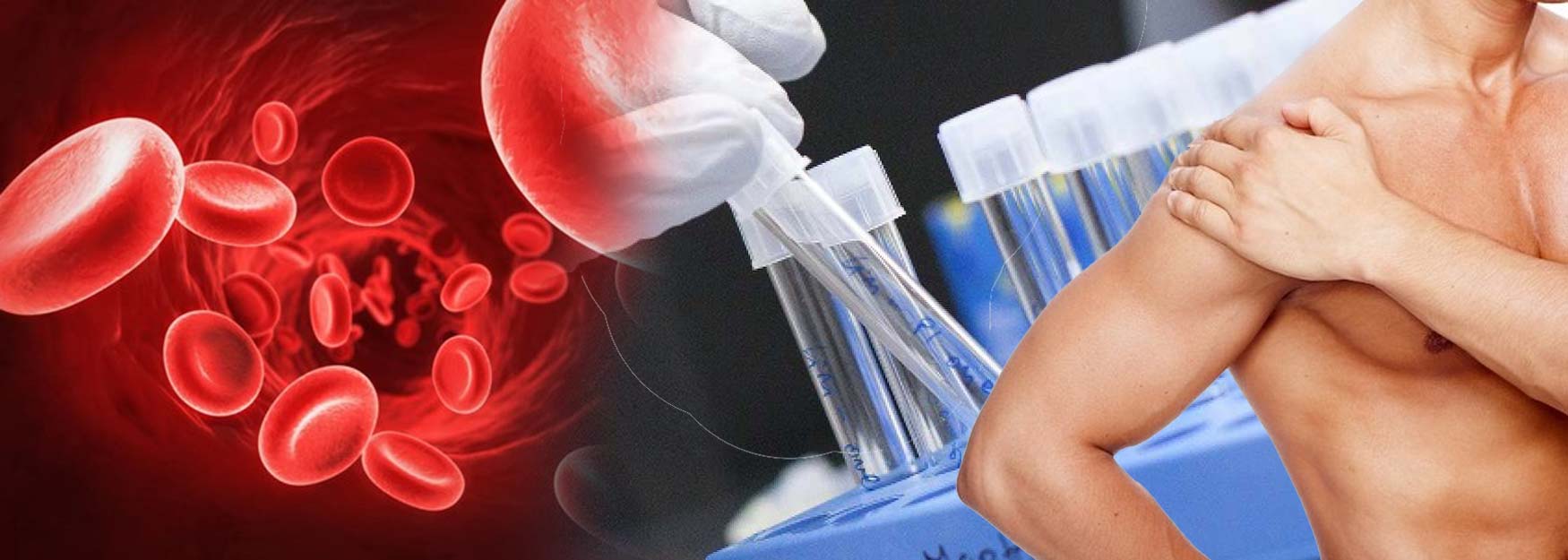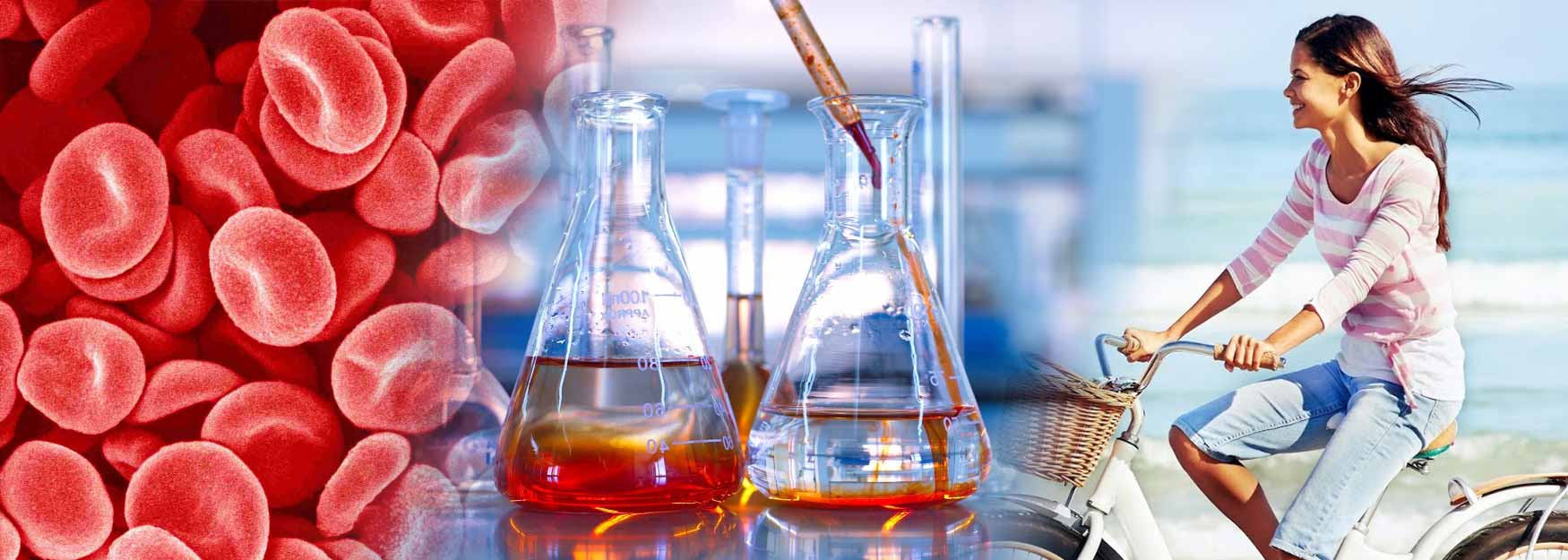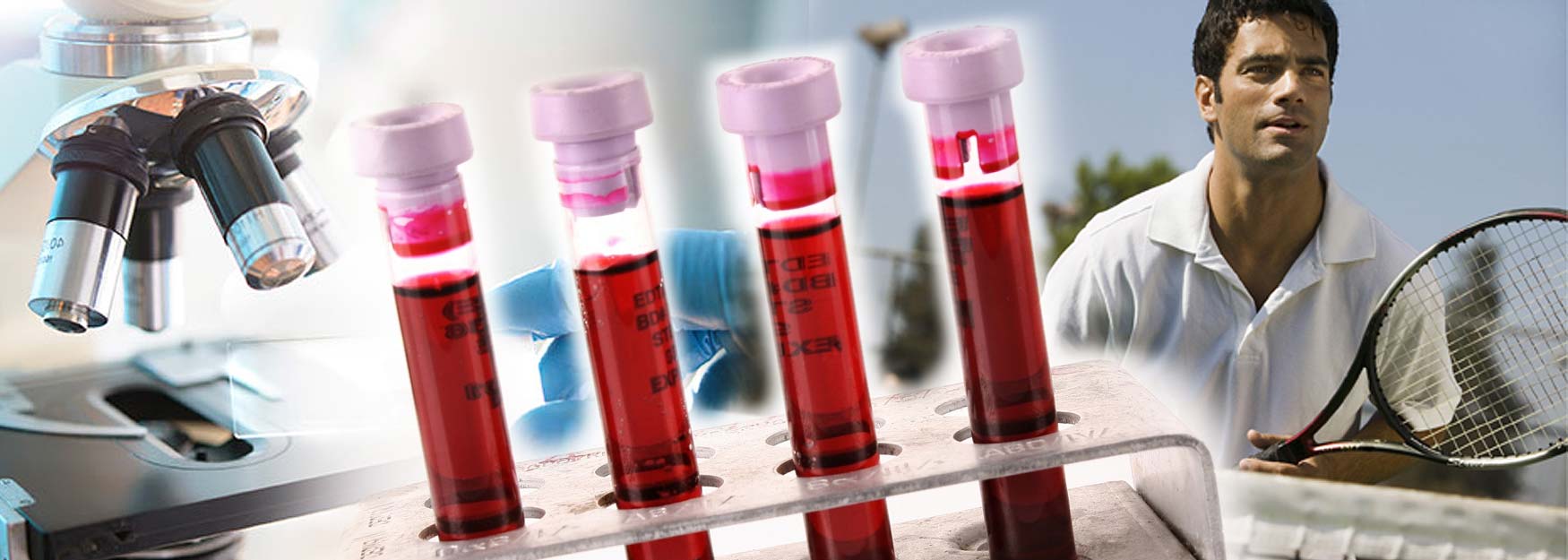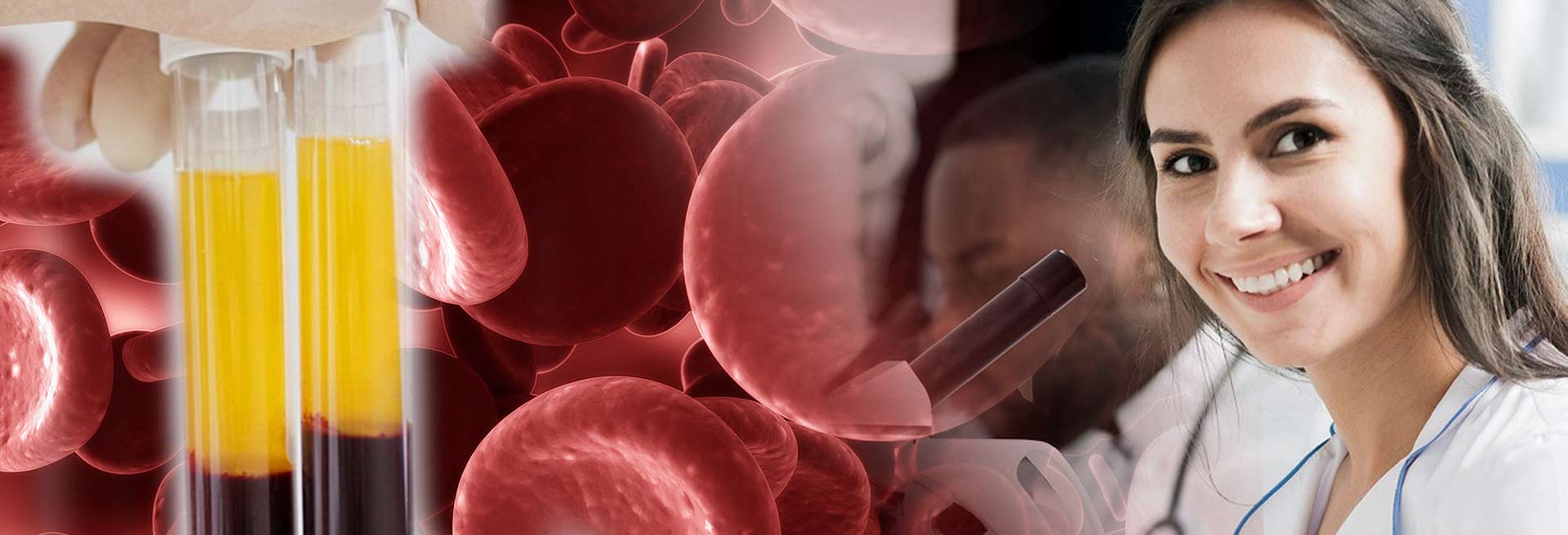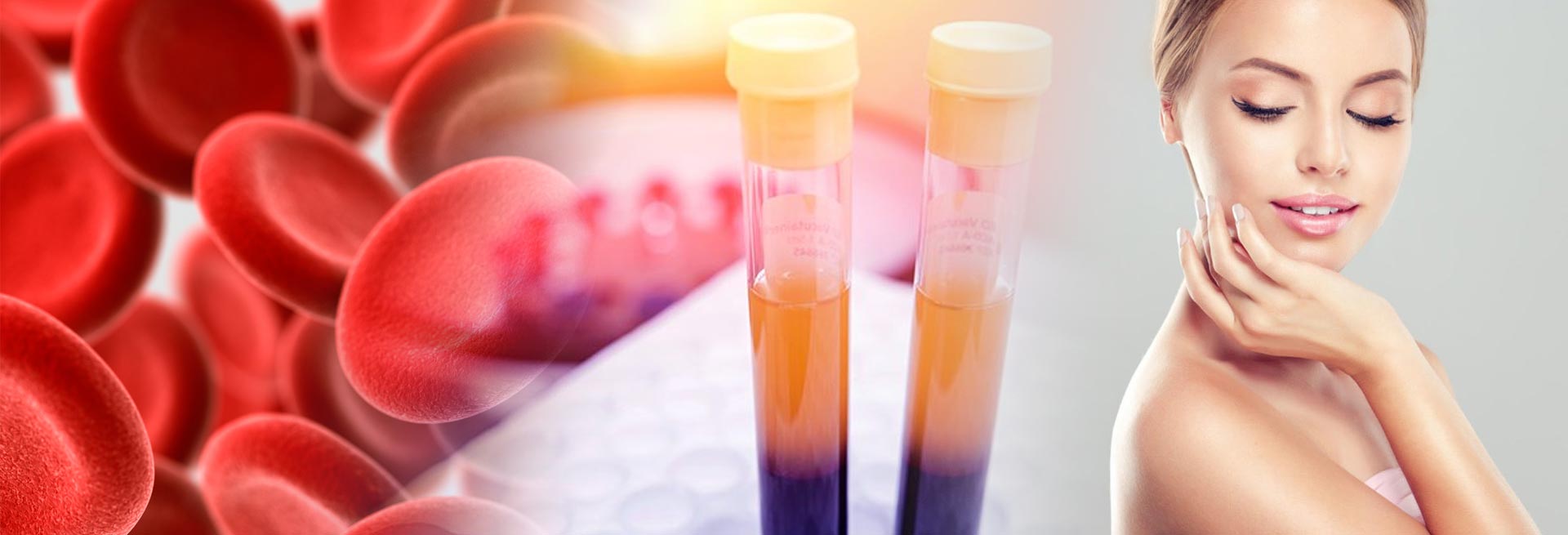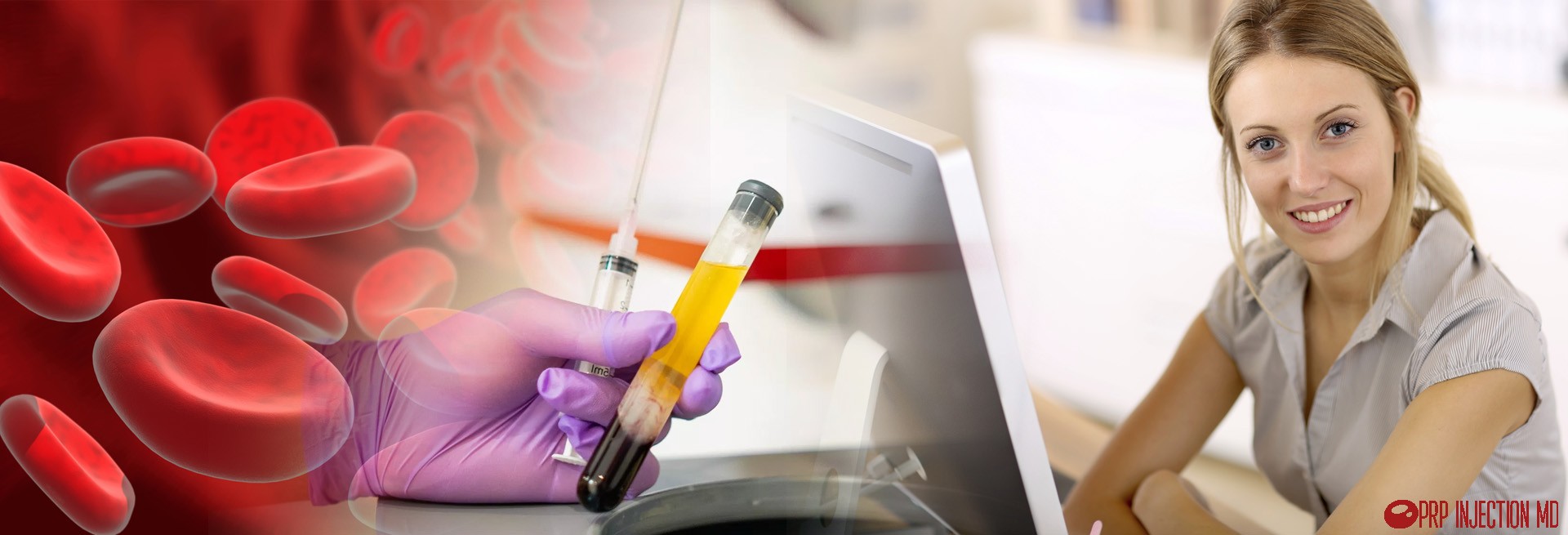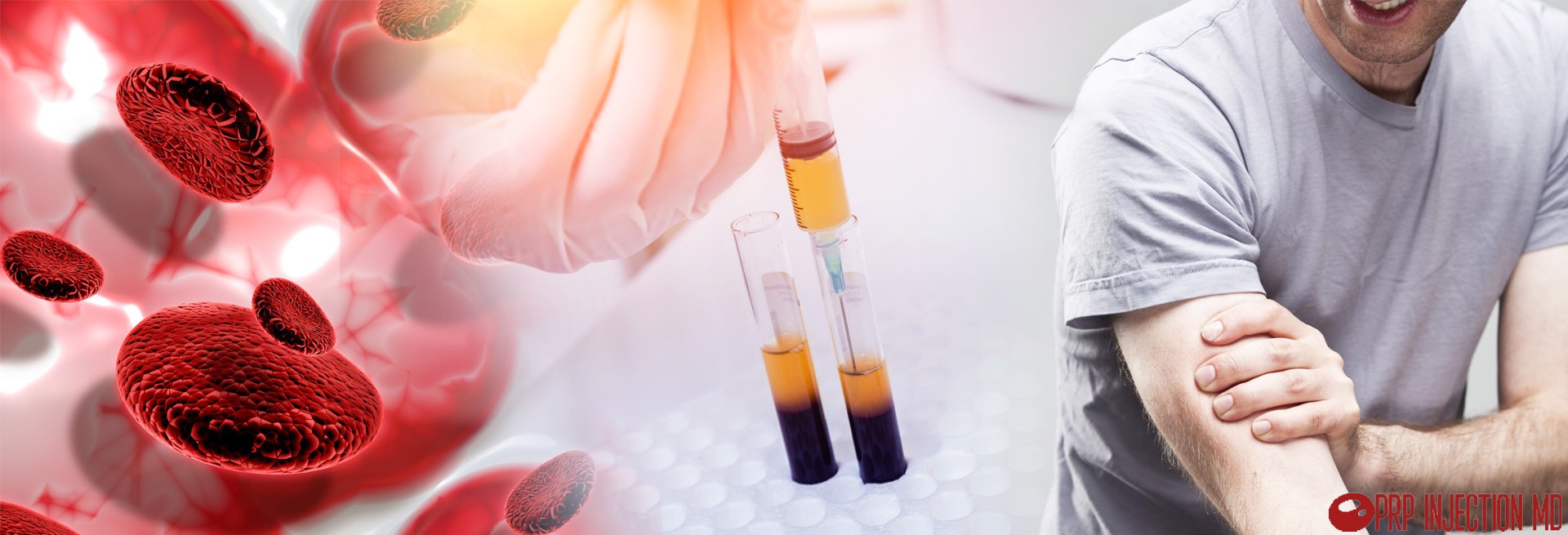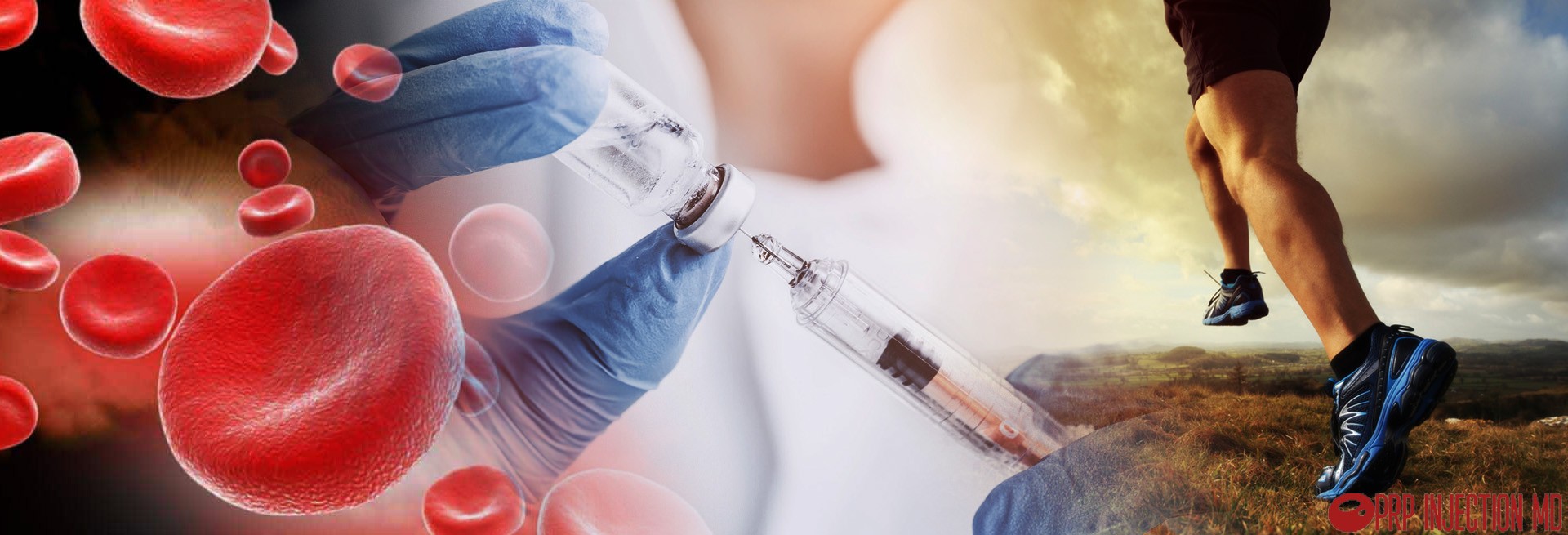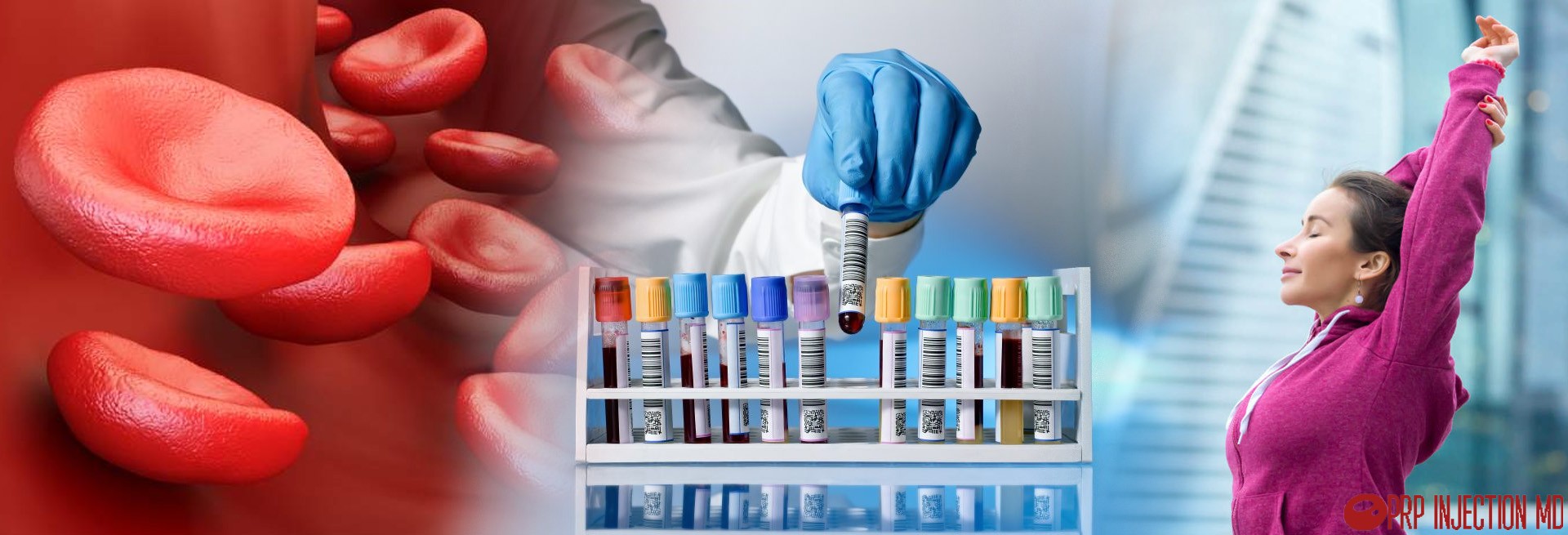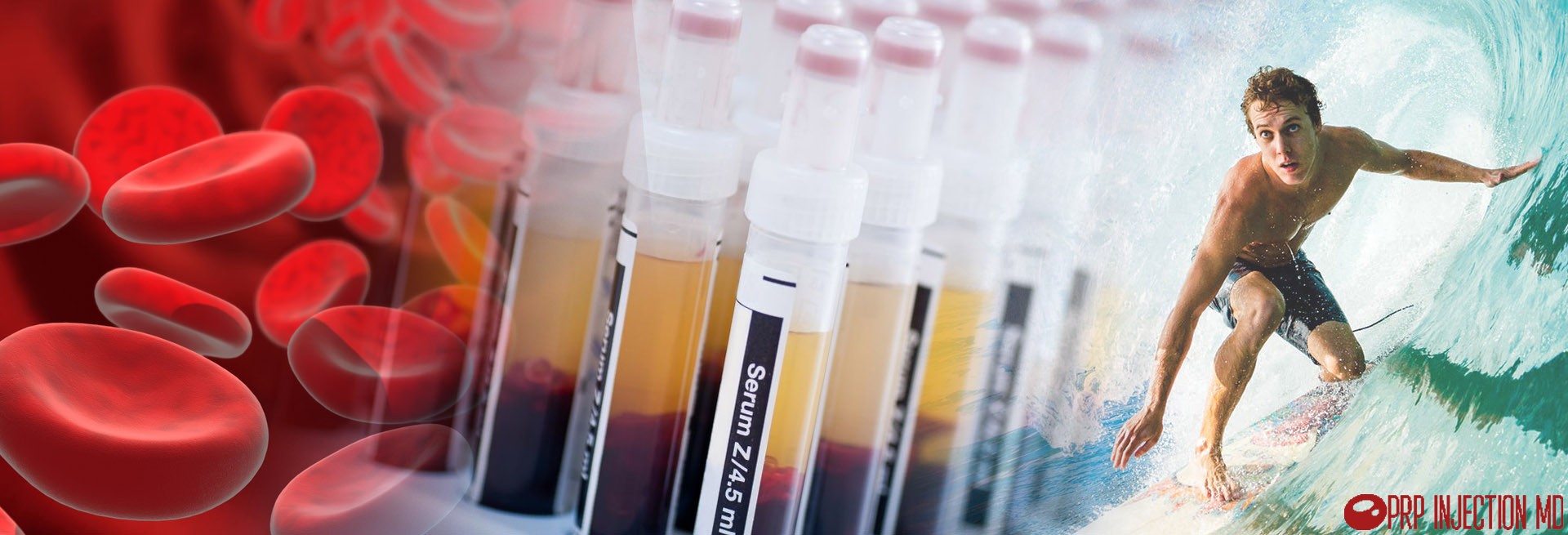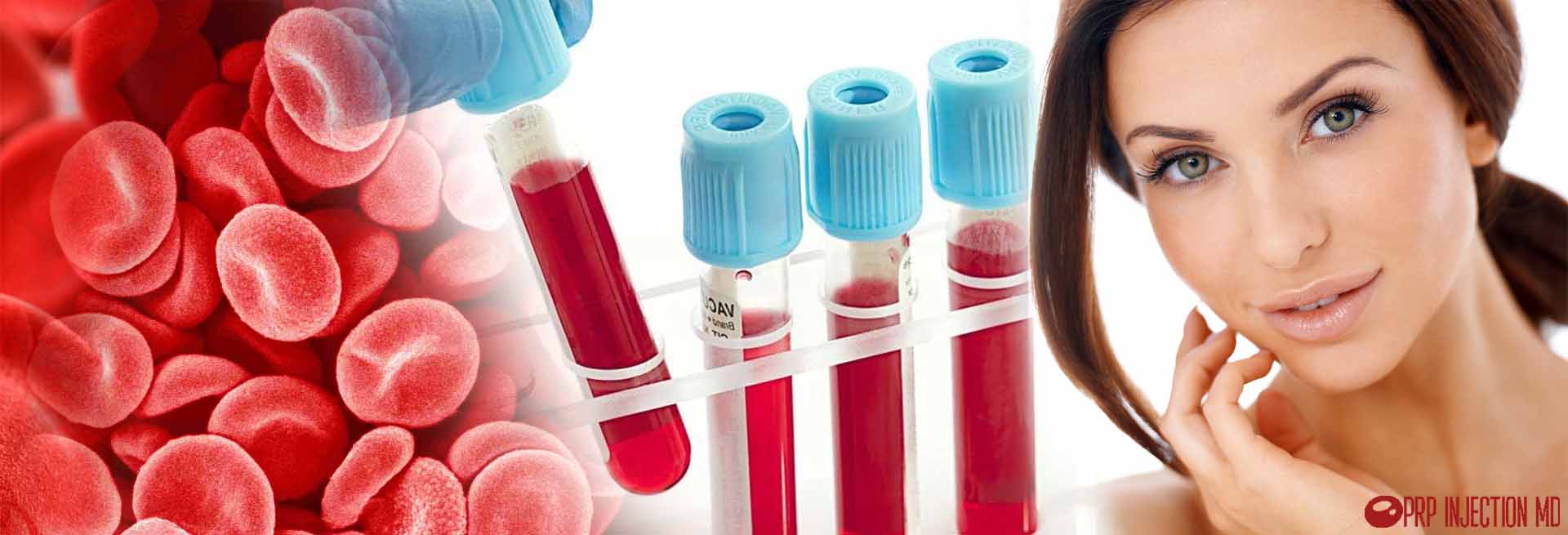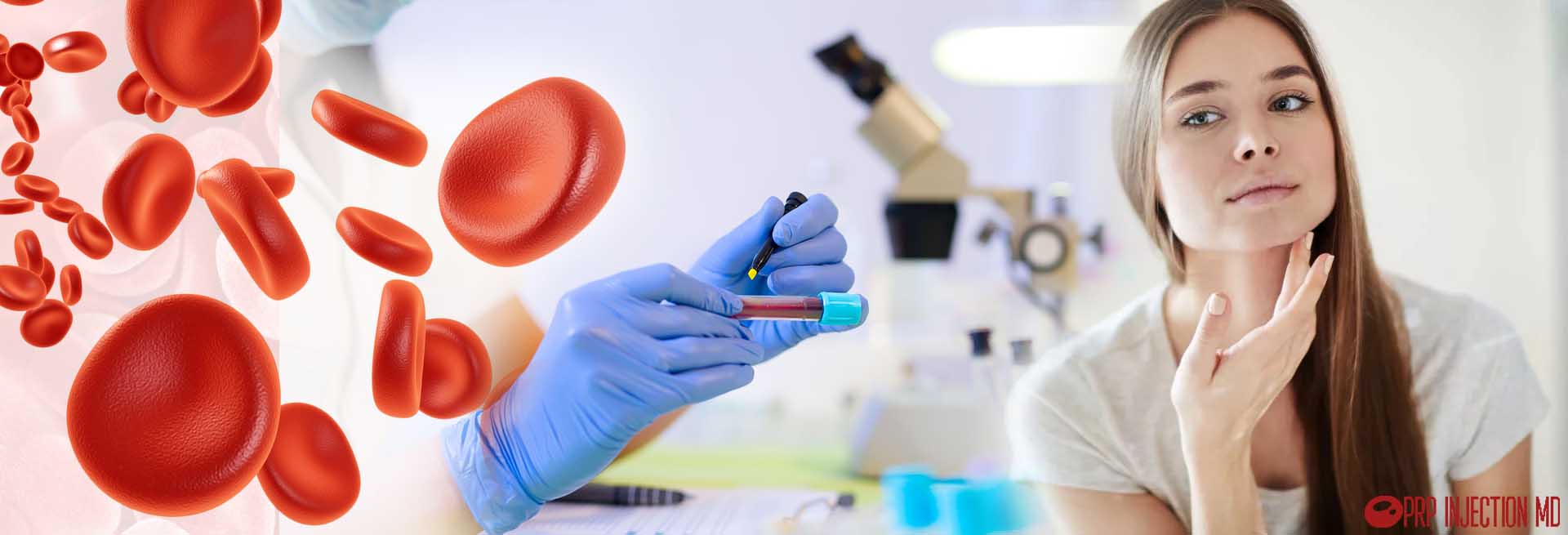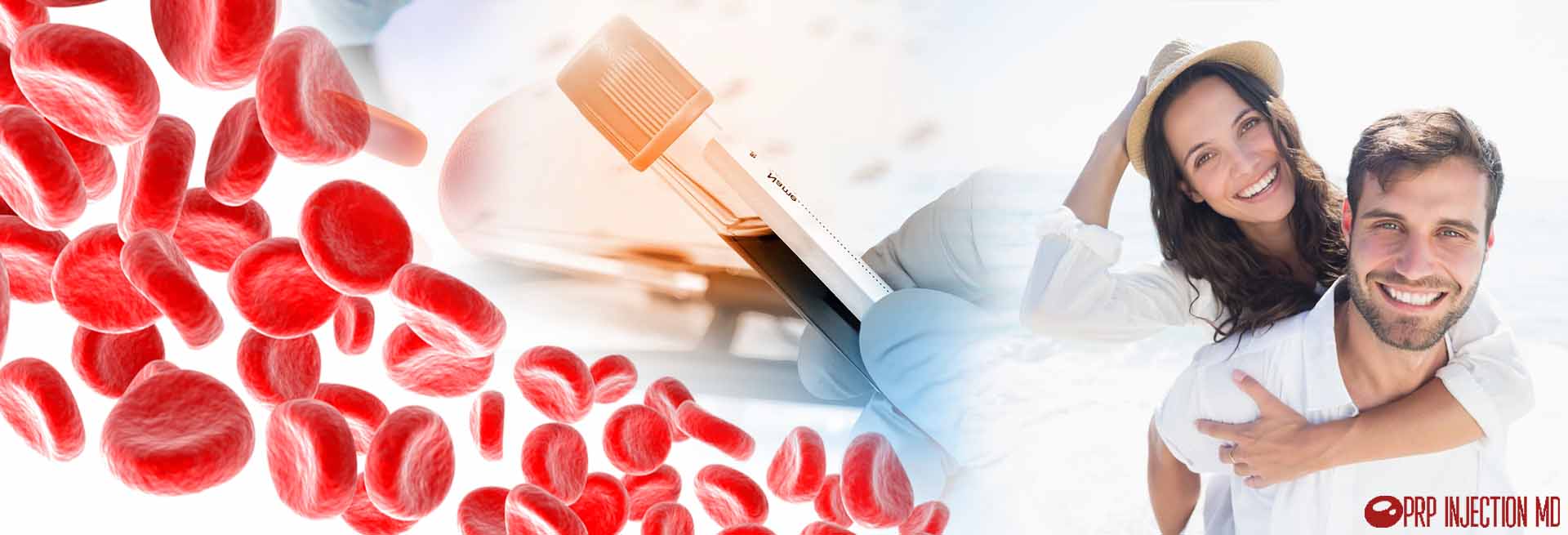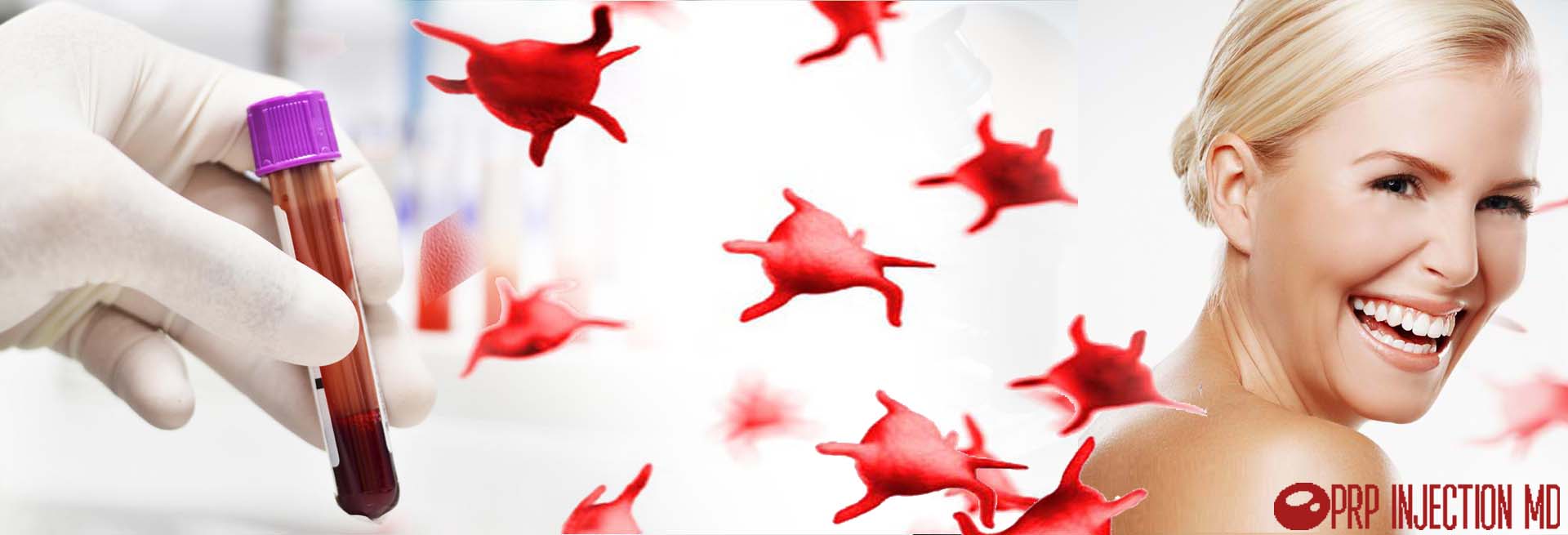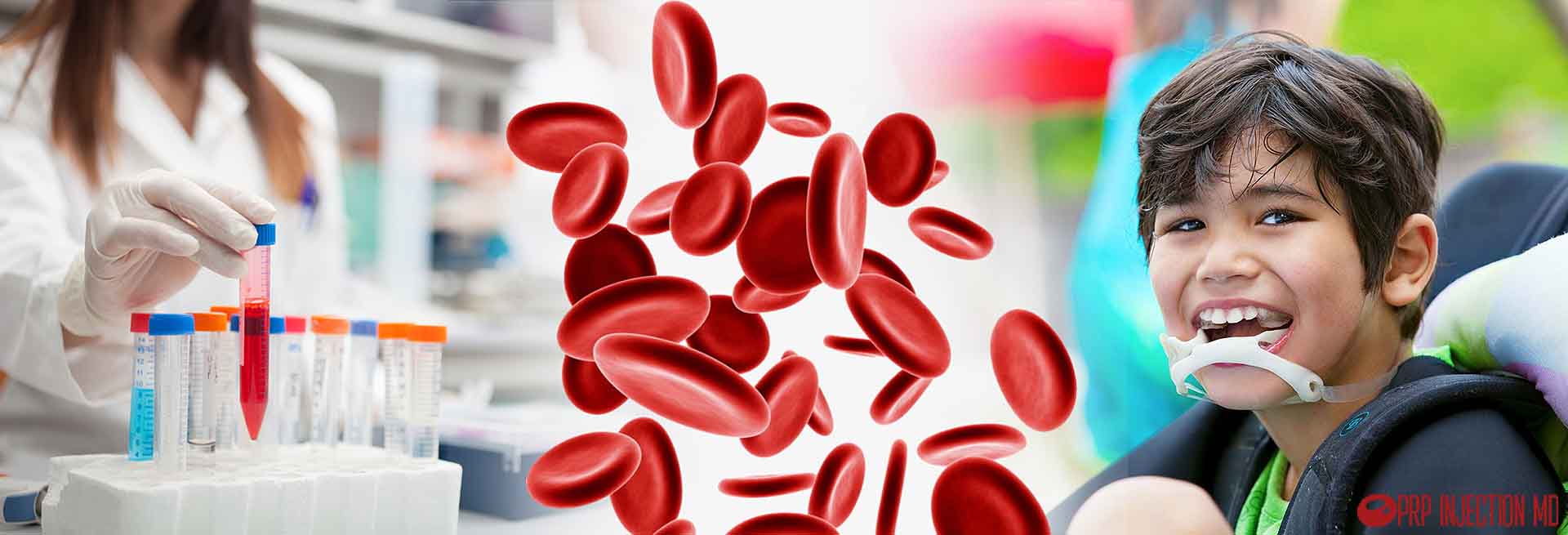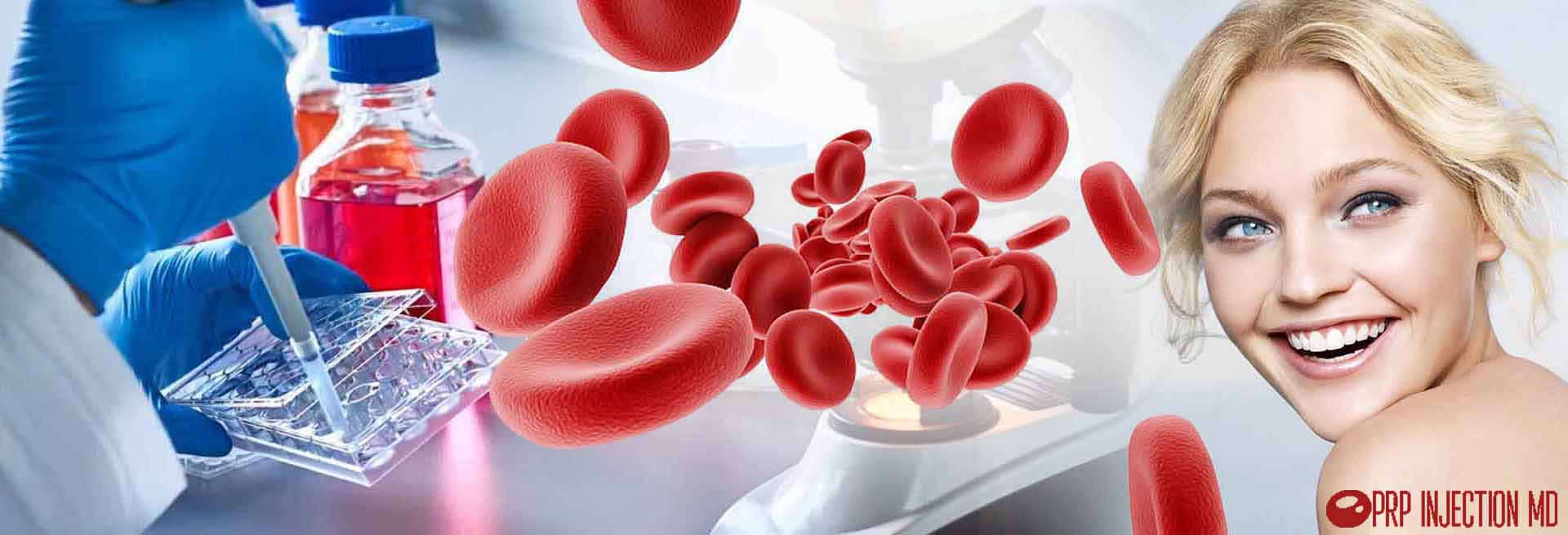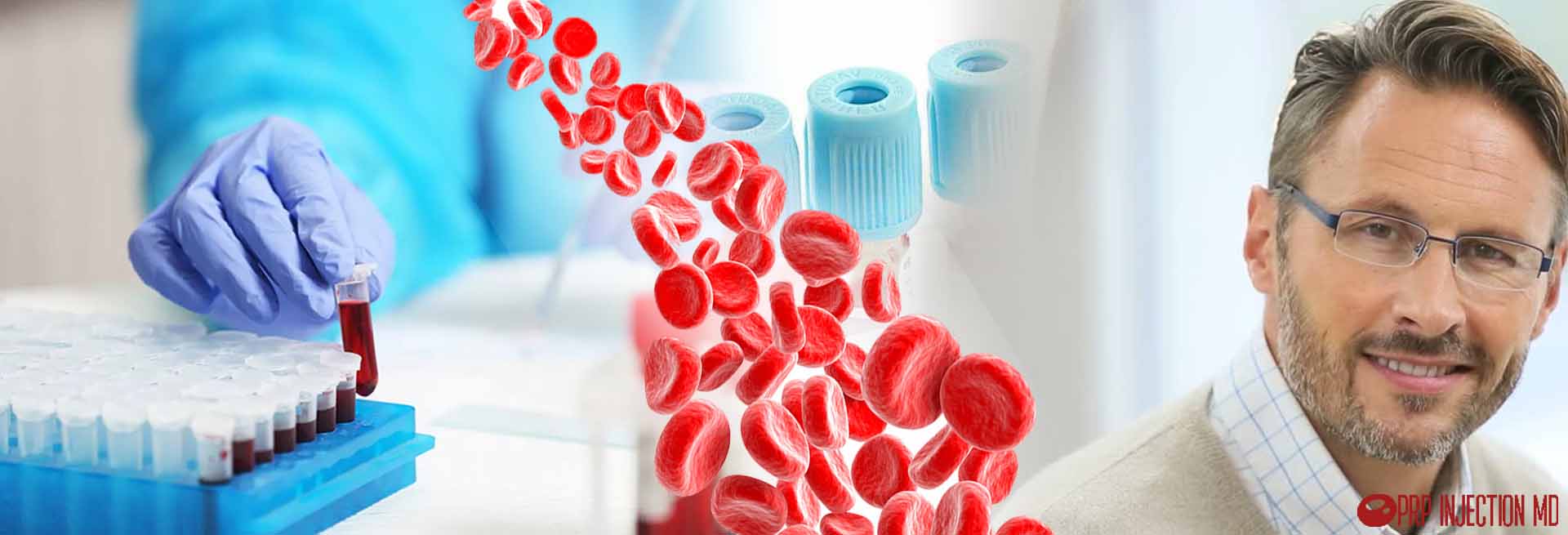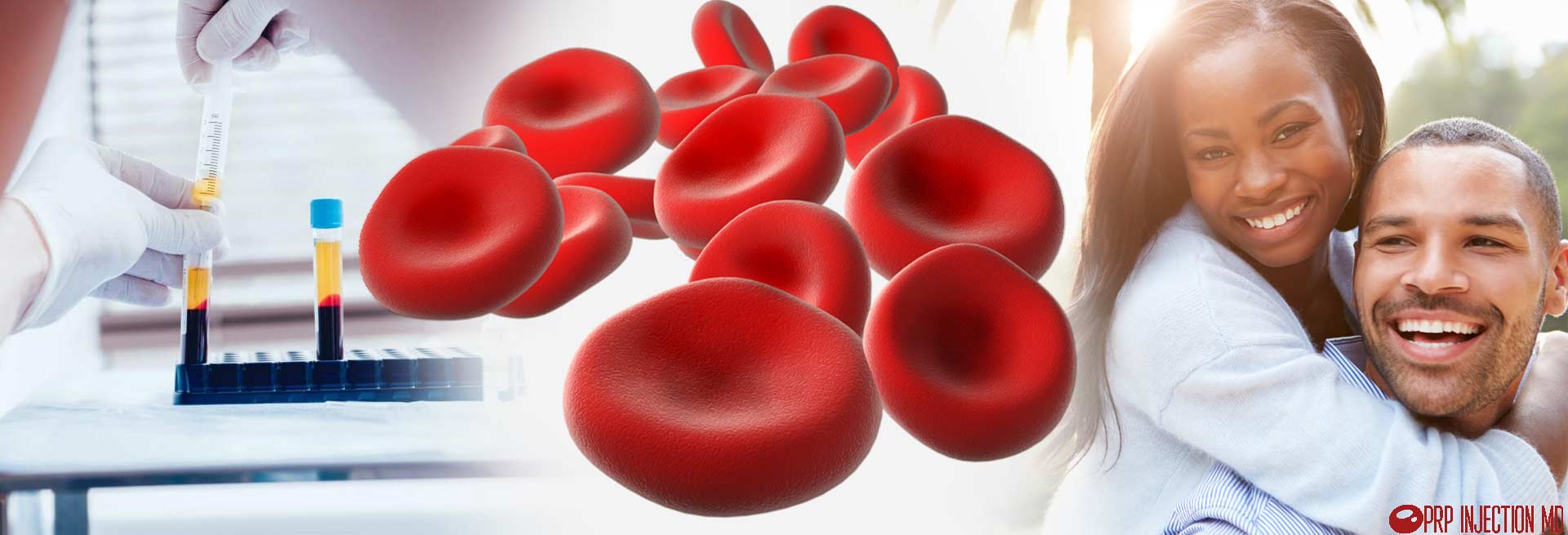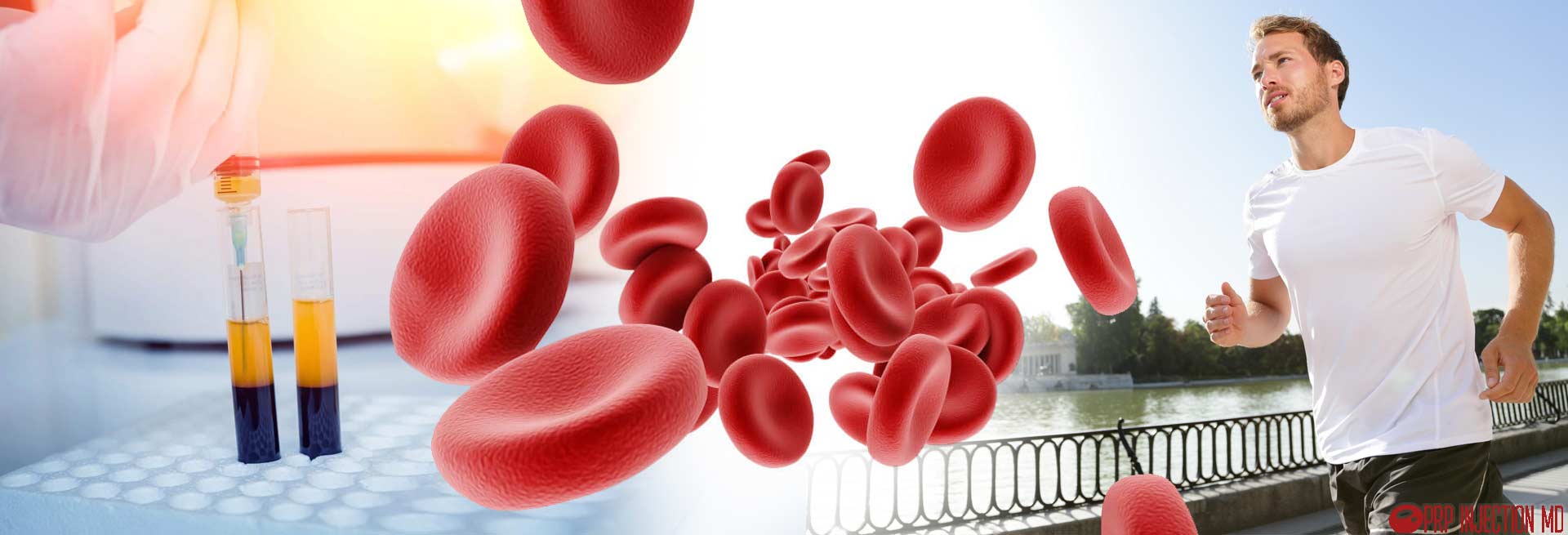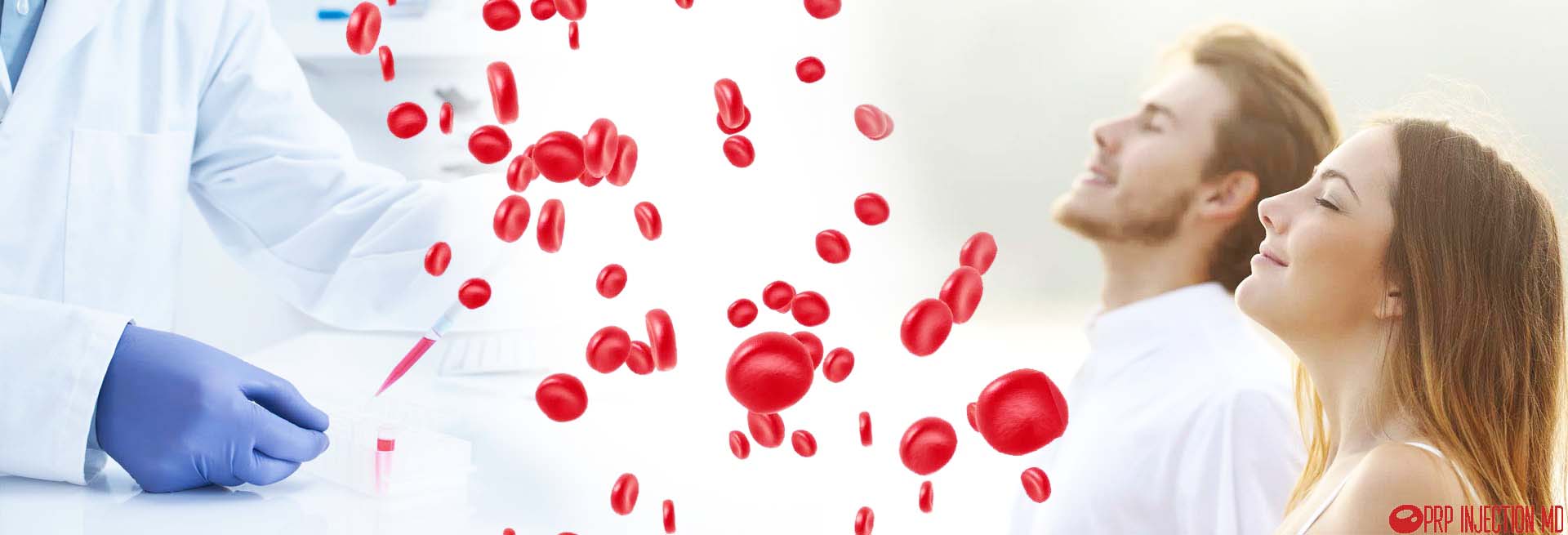PRP for Acne Scars
Given that most people between the ages of 18 to 30 get acne, it is typically considered the bane of puberty. However, some people can continue to get acne well into their 40s and 50s. And, PRP for acne scars can help. While acne by itself is an annoying condition, the marks and scars left behind can cause the skin to look severely flawed. It can also take away from a person’s confidence.
If you’ve been dealing with the damage caused by acne, you’ll want to look for some solution that can restore the flawless look of your skin. PRP acne scar injections can erase the scars and help you get back clear skin. But, does PRP treatment work for acne scars? Read ahead and find out.
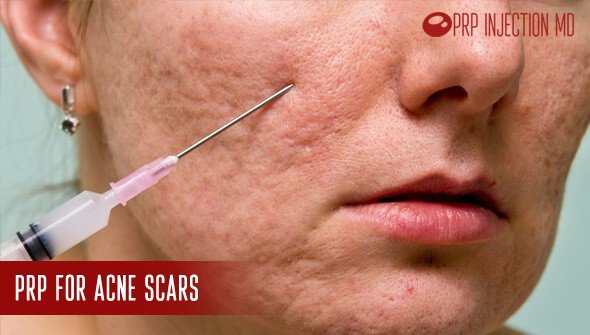
What is PRP?
One of the latest and most innovative of solutions for your skin flaws is PRP therapy. Platelet Rich Plasma (PRP) therapy uses a serum that is derived from your blood. Here’s what is PRP and how it is formulated:
- The doctors draw a small quantity of your blood from the arm.
- They place it in a test tube in a centrifugal device.
- The device spins the blood at high speeds.
- The blood responds by separating into different layers. The red blood cells or RBCs appear at the bottom while the PRP serum collects in a thin layer above it.
- A second round of spinning further refines the serum. It now contains a concentration of platelets, growth factors, and other healing components. But, without any RBCs or White Blood Cells (WBCs).
- The usable PRP serum is a one-third layer that is also called the buffy coat. Also called Platelet Rich Fibrin Matrix (PRFM), the serum is straw-colored with a gel-like consistency.
- Using aspiration methods, doctors extract the serum and prepare the PRP injection for acne scars.
- The only additives they might use are intended to stop the serum from clotting or enhance its therapeutic benefits.
- Compounds like epinephrine that they add also act to reduce the discomfort when the serum is injected into your skin.
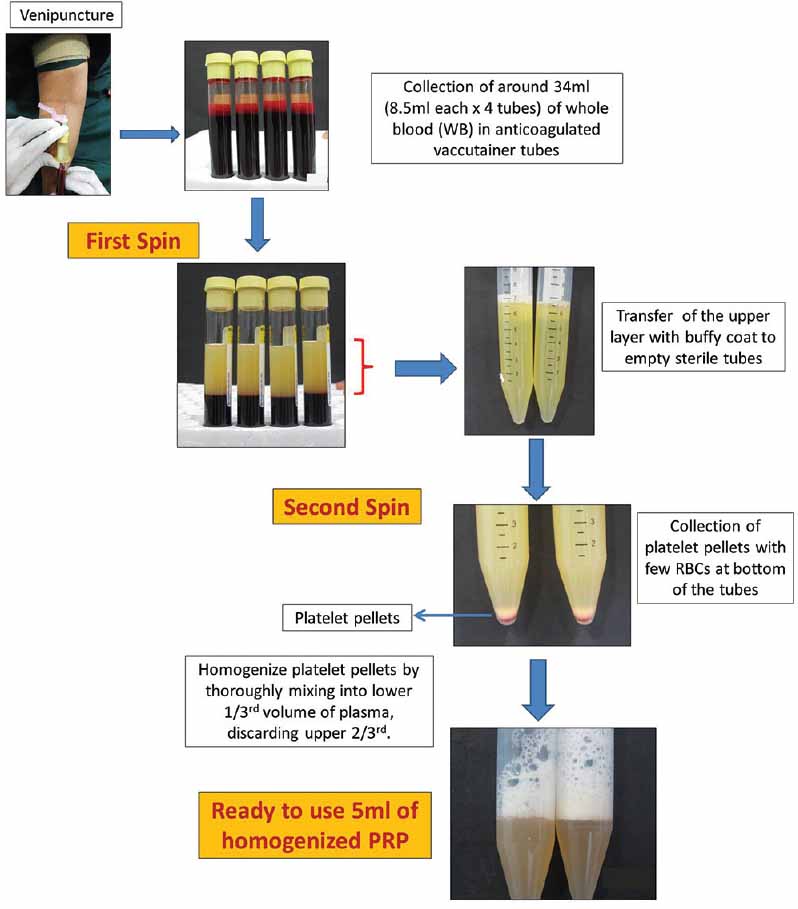
Source: https://www.ncbi.nlm.nih.gov/pmc/articles/PMC4338460/figure/F1/
Why Acne Scars Occur?
Acne is the result of an overproduction of sebum, a natural oil your skin secretes to protect itself from drying out. However, hormone imbalances can cause an excess of the oil. Since the oil glands are connected to the hair roots of your skin, it can get trapped in the follicles and collect dirt, dead cells, bacteria, and other debris. Acne is your body trying to rid the skin of the impurities. When the breakout starts to settle, it leaves behind hyperpigmentation or acne marks.
Severe acne can damage the dermis and the lower layers of the skin tissue and result in the formation of acne scars. Such scars can be in the form of boxcars, ice pick, and rolling scars. More severe acne can cause keloids, a raised scar tissue made from excessive collagen that occurs when the skin heals after the breakout. Essentially, you could find yourself dealing with the marks left behind by acne, scars, or keloid/healed tissue.
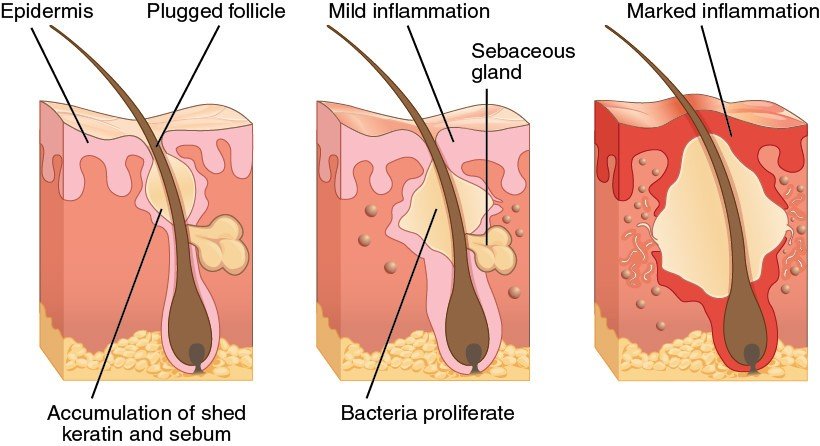
Does PRP Treat Acne Scars?
Are you thinking, is PRP good for acne scars or not? PRP therapy works on facial flaws because it contains a concentration of platelets, growth factors, mesenchymal stem cells, cytokines, and other components the body creates. These compounds have the ability to heal injuries and ailments of any kind anywhere in the body.
PRP for acne scars also has the ability to attract both hard and soft tissue forming cells to the treatment site. When placed a millimeter into your skin in the scarred areas, the serum can cause the underlying layer of collagen and elastin to regenerate and create new cells. As the skin plumps up, the scars vanish like they never existed.
How Does the Injections for Acne Scars Procedure Work?
The acne scars injection procedure is a simple process that does not take more than 30 to 60 minutes. Once the PRFM serum is ready, your expert dermatologist will inject it into the skin under the scarred areas. Since she will use an extremely fine needle, you’re not likely to feel much discomfort nor will you see any puncture marks. You need not take any time off from work or your day-to-day activities either.
You might see some amount of bruising or swelling right after, but these are minor effects. By applying a few cold compresses, the doctor will help settle these reactions. You won’t have to worry about any side effects like lumping that can often occur after synthetic fillers. Or, maybe, allergic reactions or side effects. Your body recognizes its own tissues and accepts the healing elements.
How Many Acne Scar Injections do You Need?
Now that you’re confident that PRP does work, you’re probably wondering about the number of sessions needed. Typically, dermatologists recommend three sittings taken at intervals of 4 weeks each. This number will also depend on the severity of your acne scars issue and the regenerative abilities of your body.
Are you concerned about the PRP for acne scars cost? Once your doctor creates a customized treatment plan for you, she’ll advise you on the expected cost. But, rest assured PRP injection costs are more economical and give you far better results as compared to conventional treatments.
Approved by the FDA, PRP injections are a safe and natural modality to help you with acne marks and scars. Try the treatment and you’ll be amazed by the results you see. For more information, you can contact us at the PRP injection center and we’ll help you with all the details you need.
In Short, Here’s What PRP for Acne Scars is All About?
PRP for acne scars has been found to be very effective in helping patients with various kinds of the marks left behind by breakouts. By inserting the PRP serum under the scars, dermatologists can stimulate the production of collagen in the underlying layers of the skin. As a result, the depressions are reversed. In addition to restoring the flawless appearance of the skin, PRP can also work to prevent fresh breakouts. That’s because the therapy can induce the flow of blood, nutrients, and oxygen that work to remove the accumulated toxins in the skin. Doctors may use dermabrasion or micro needling to enhance the effects of PRP facelifts treatment.
